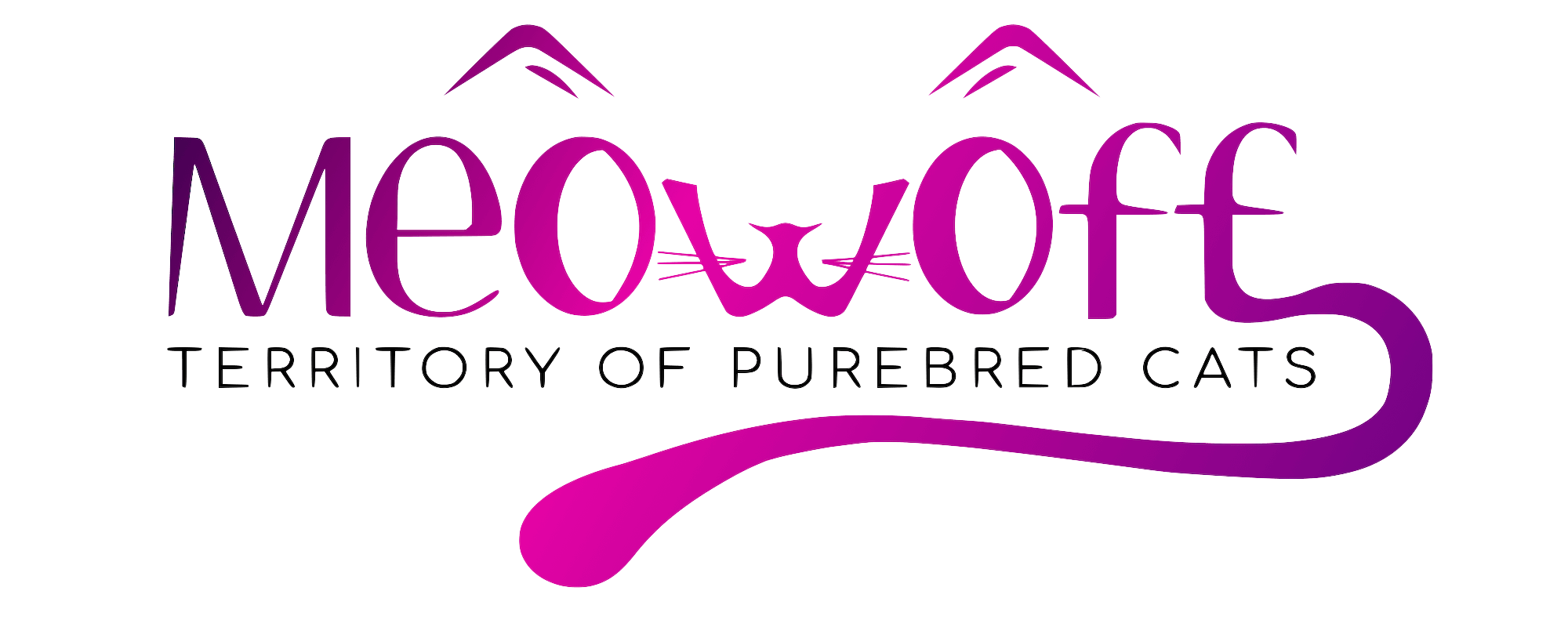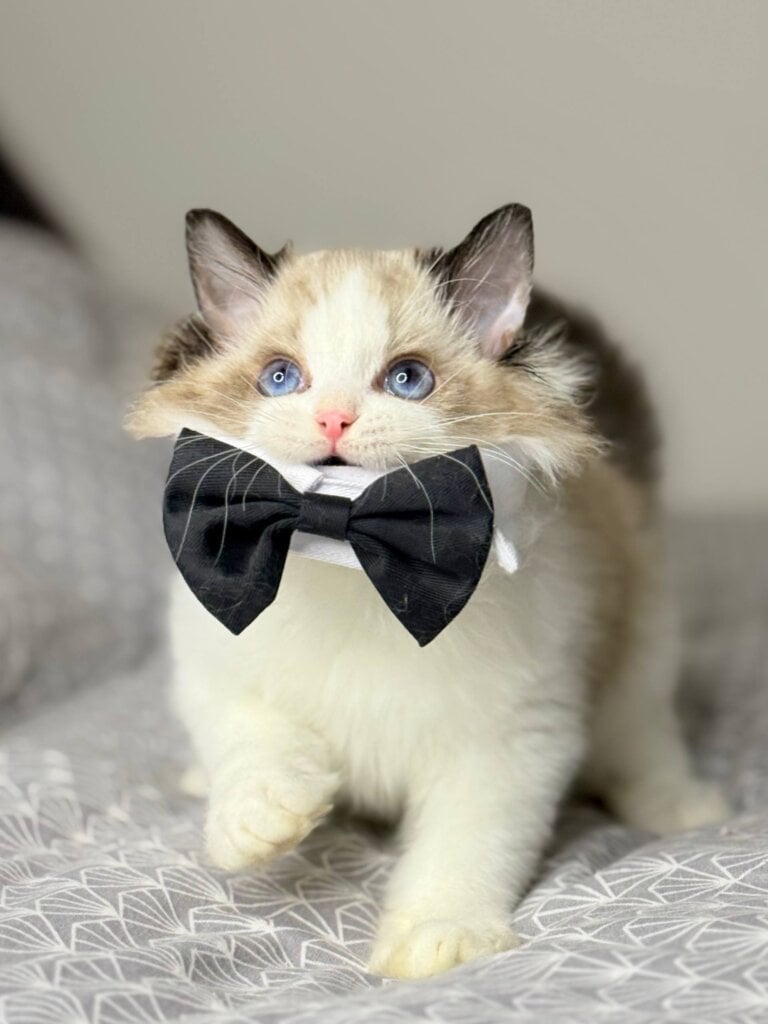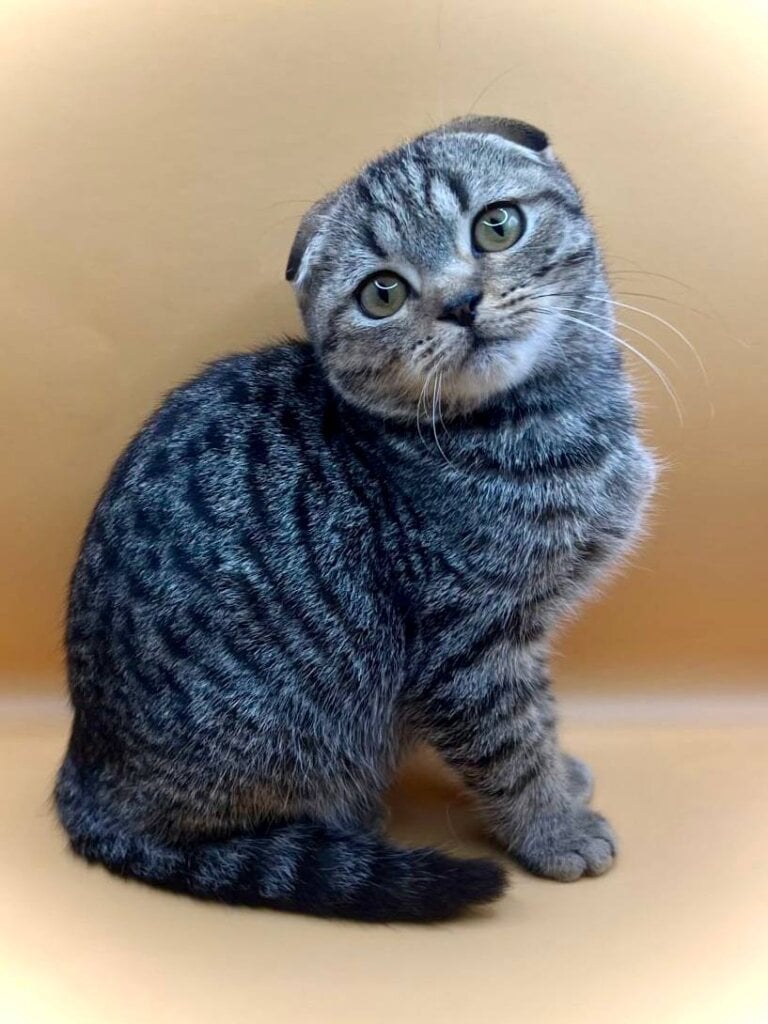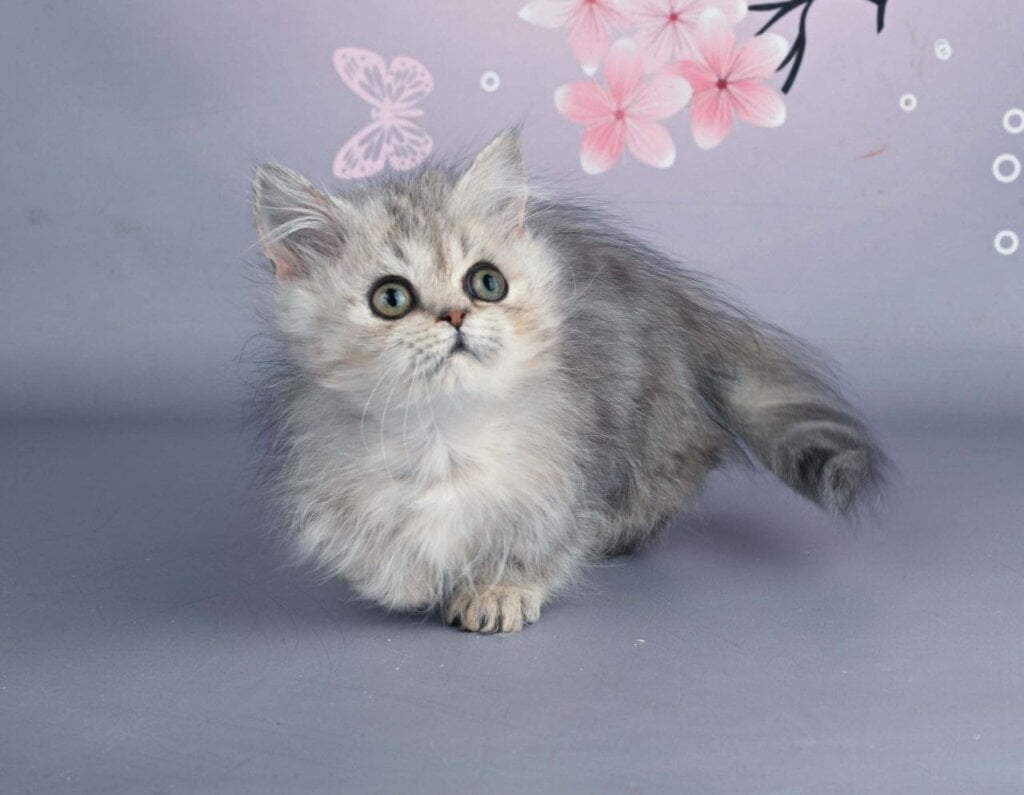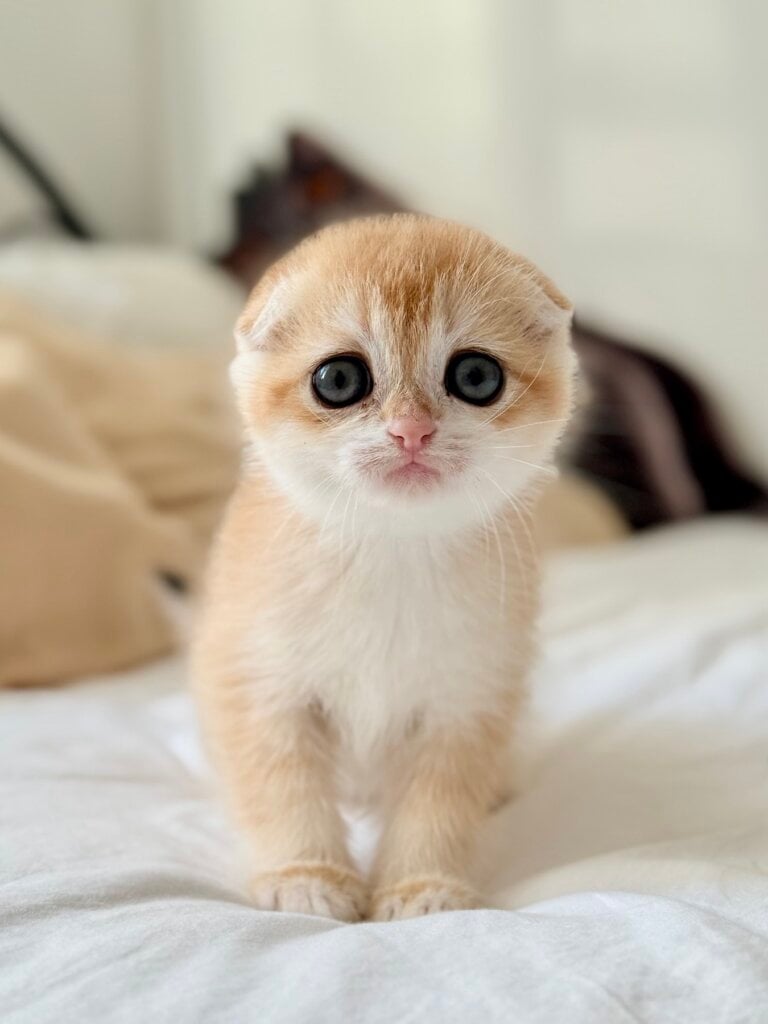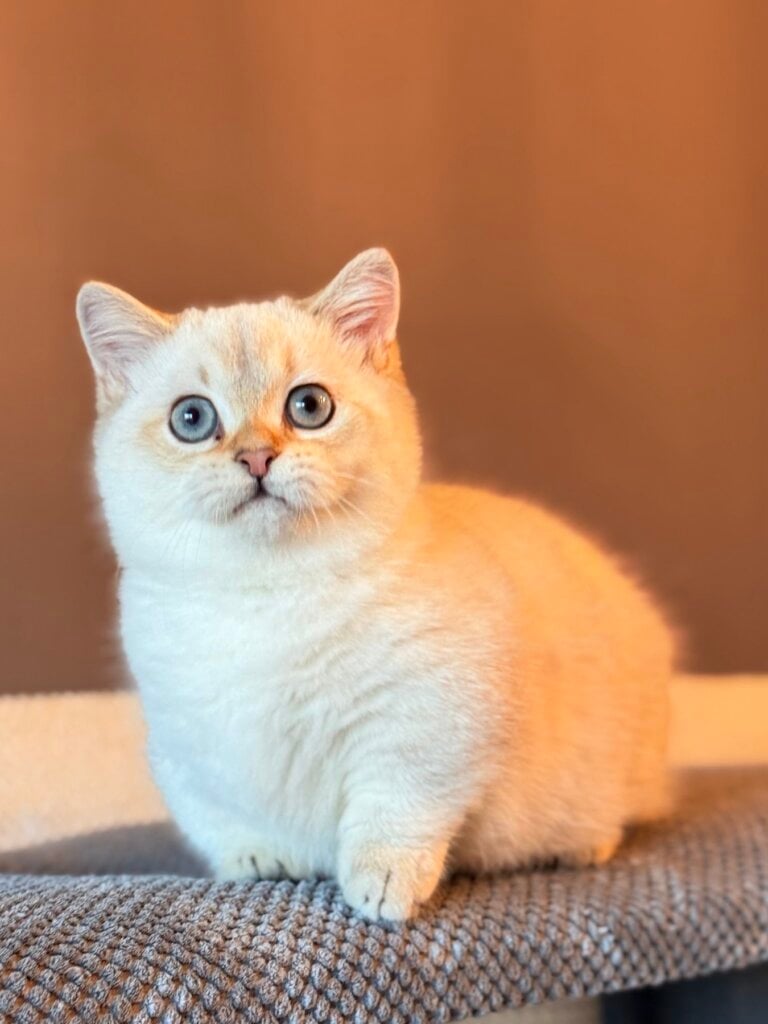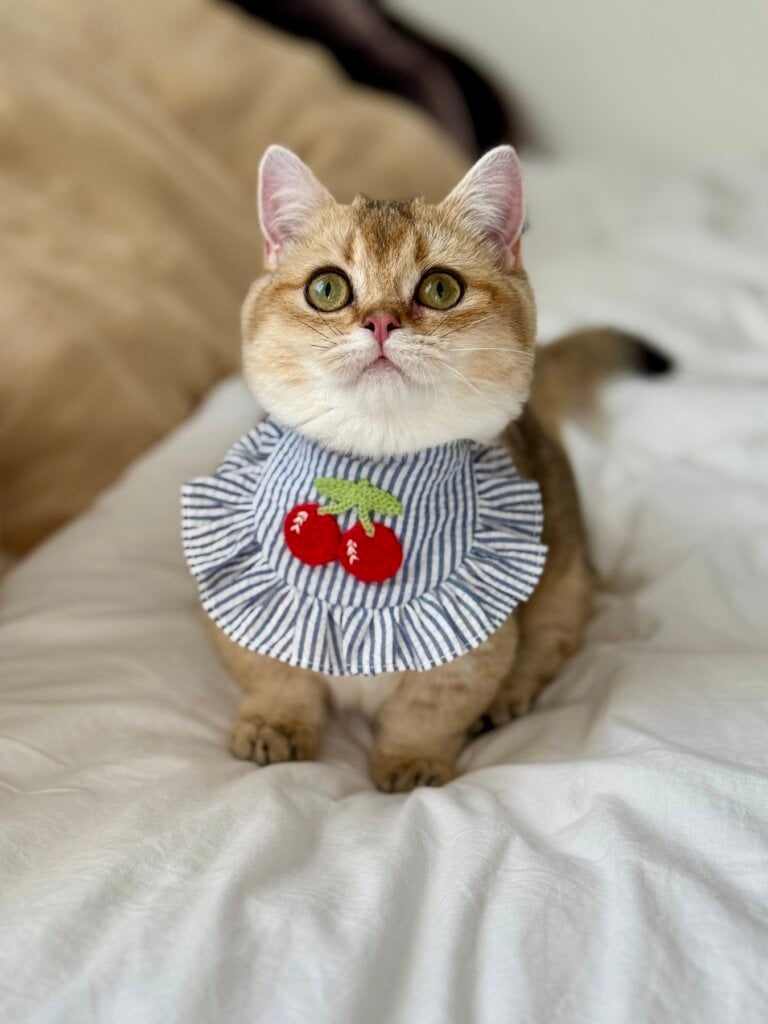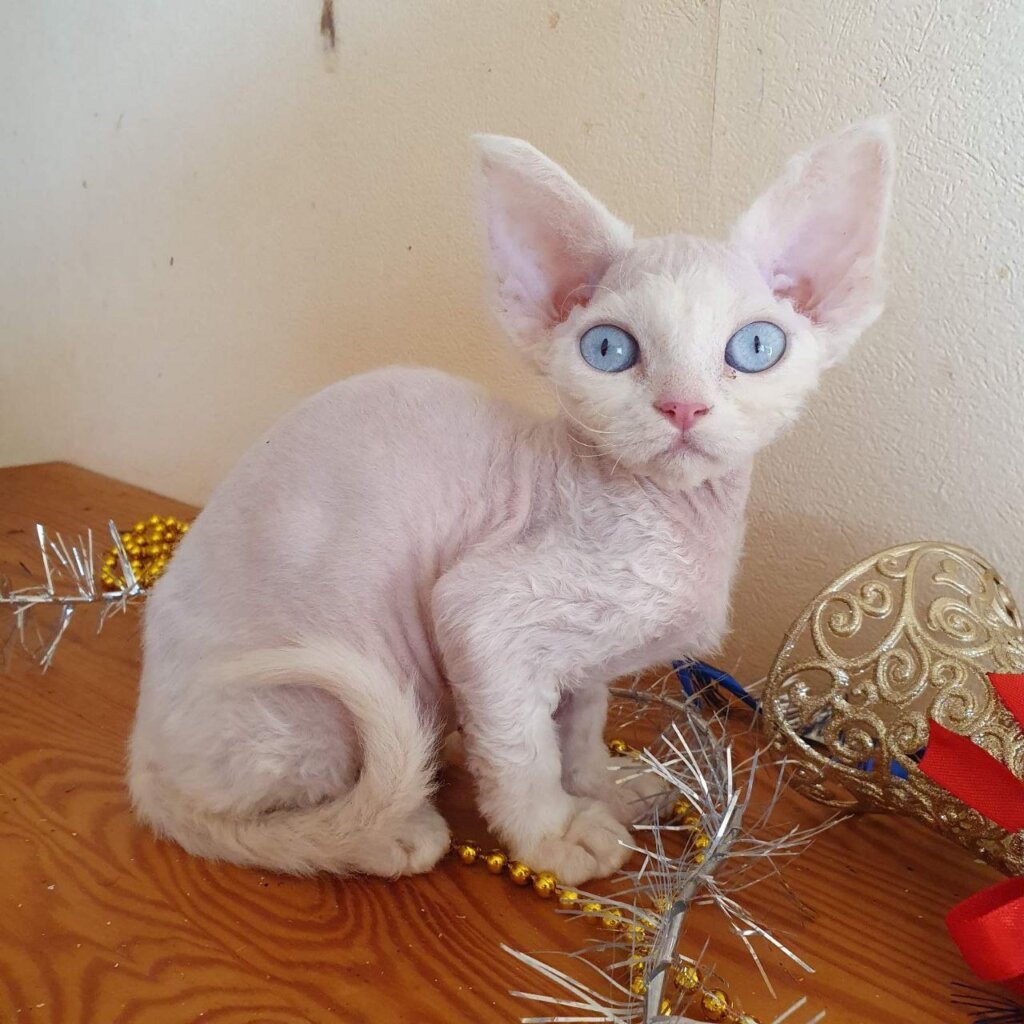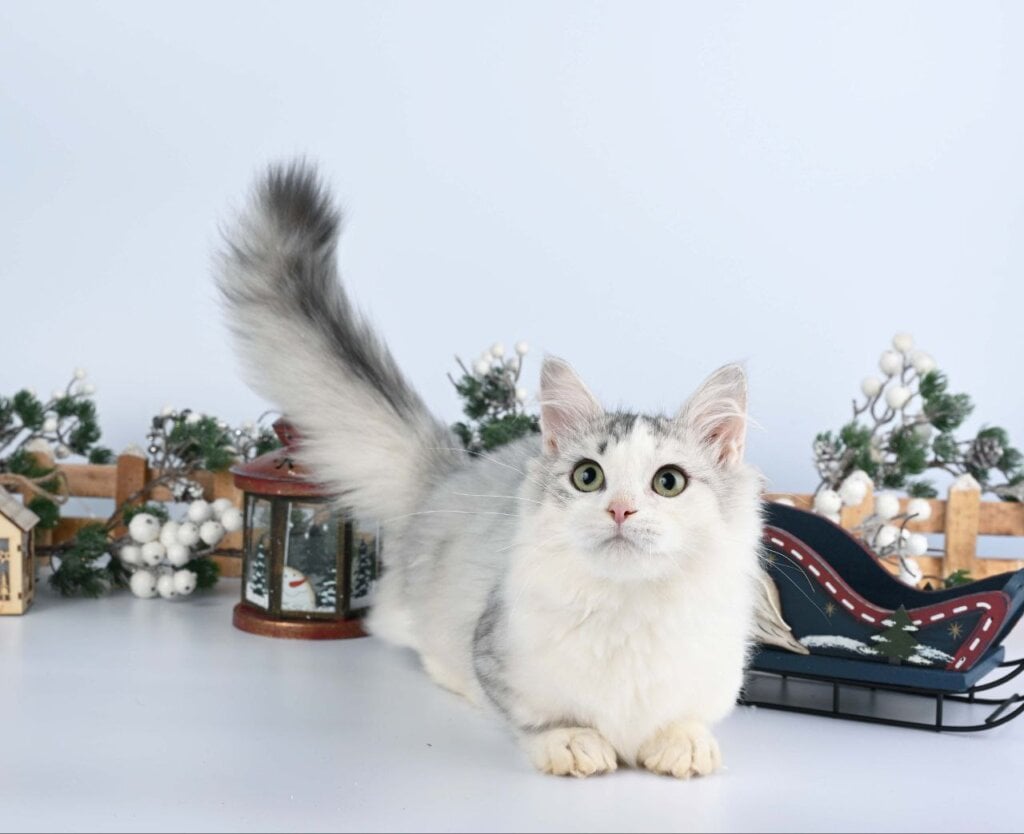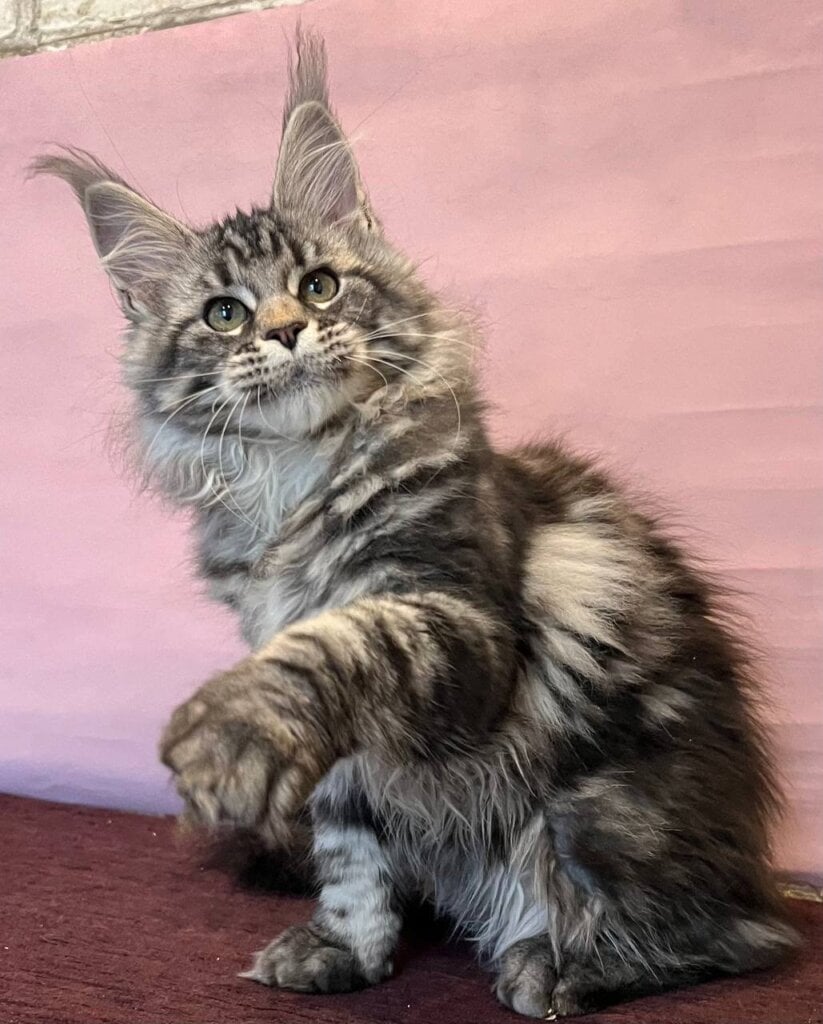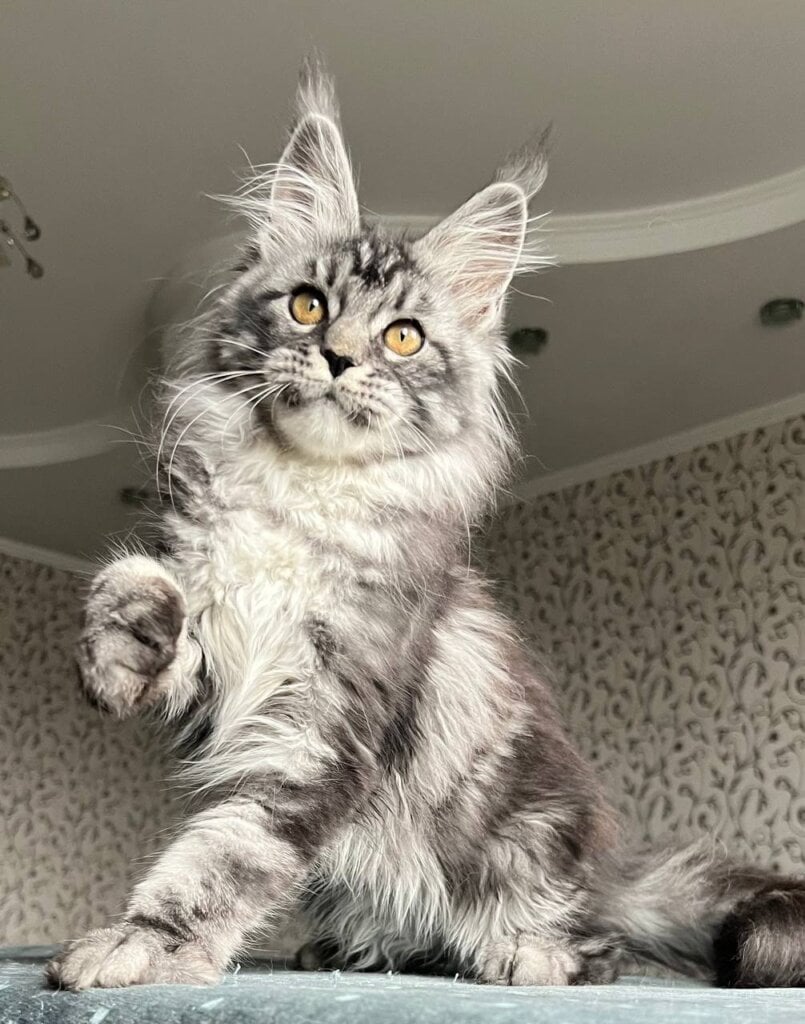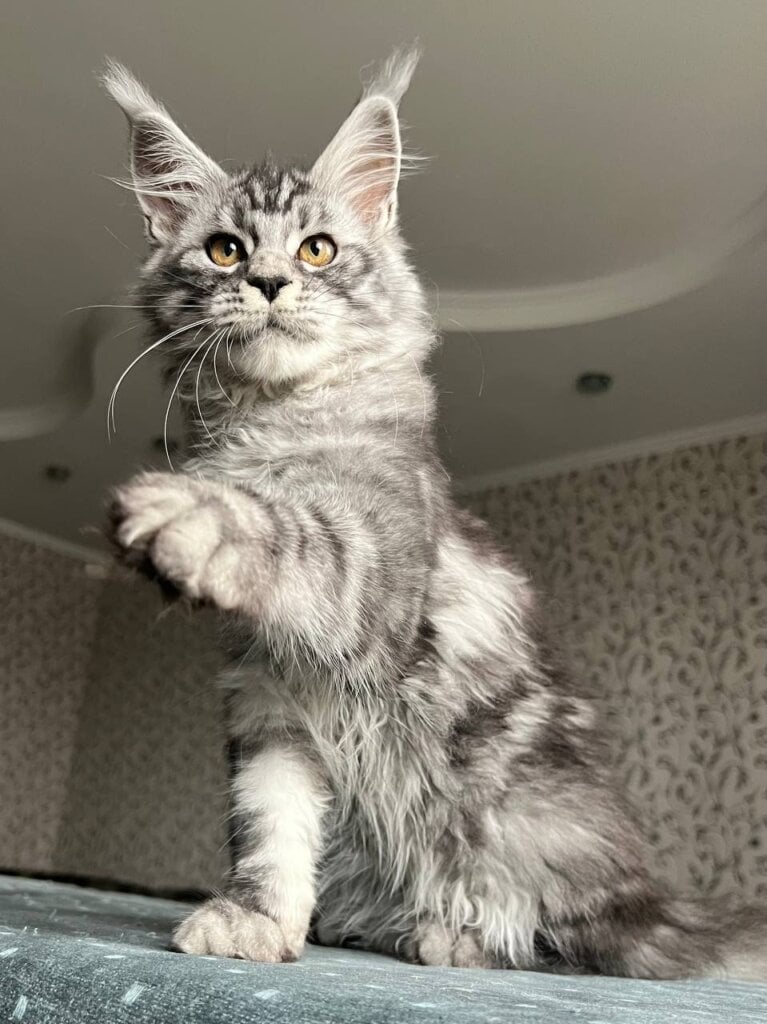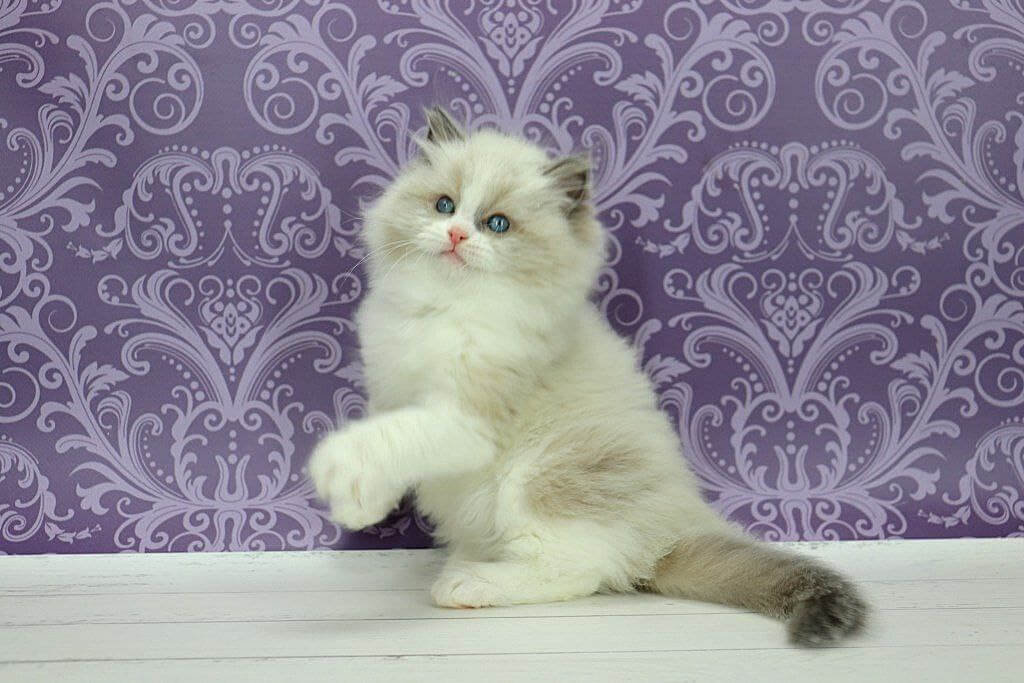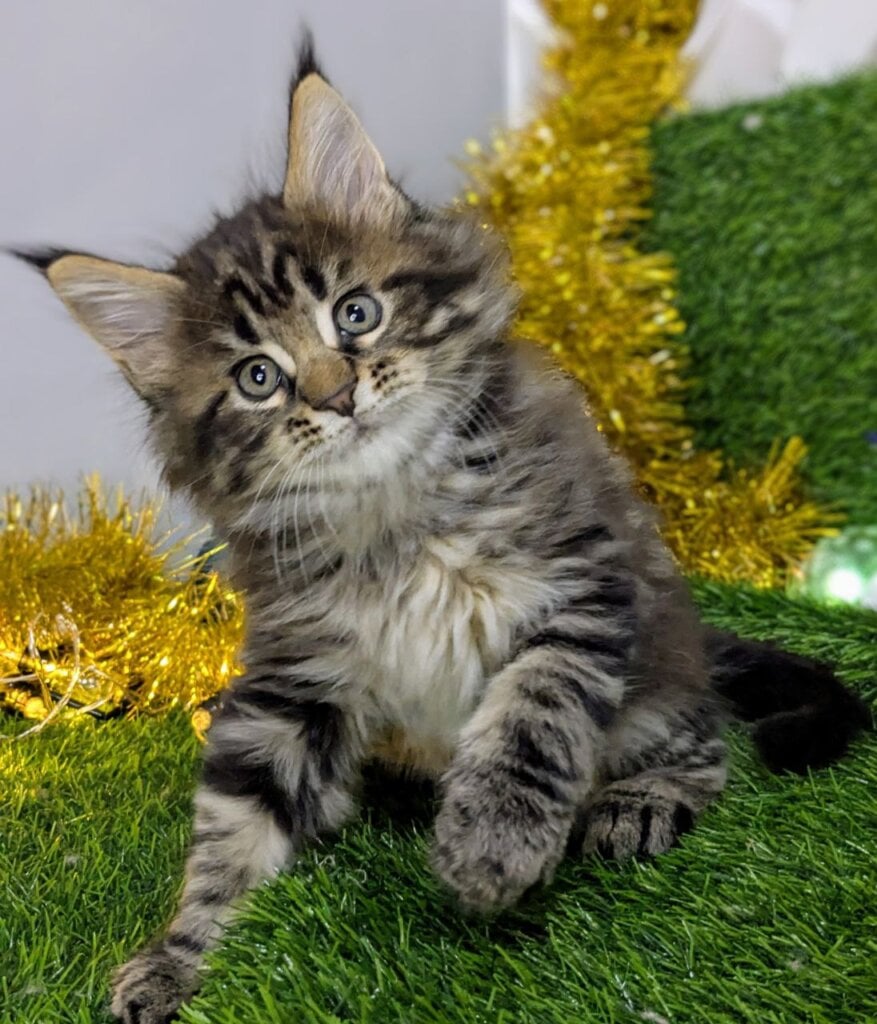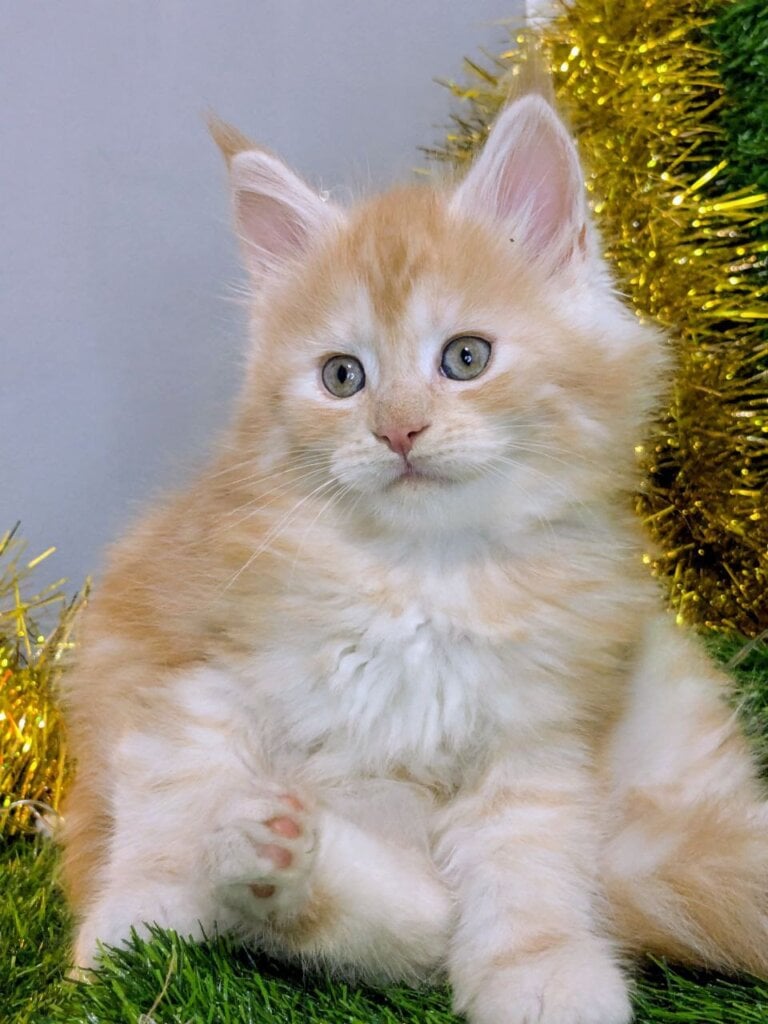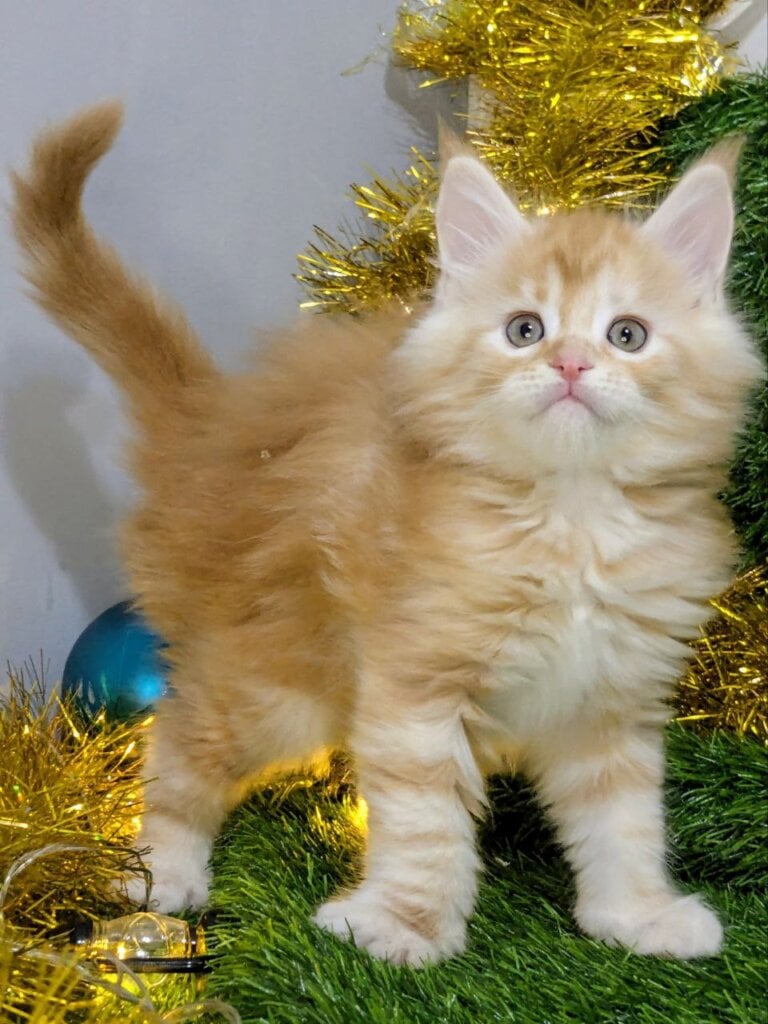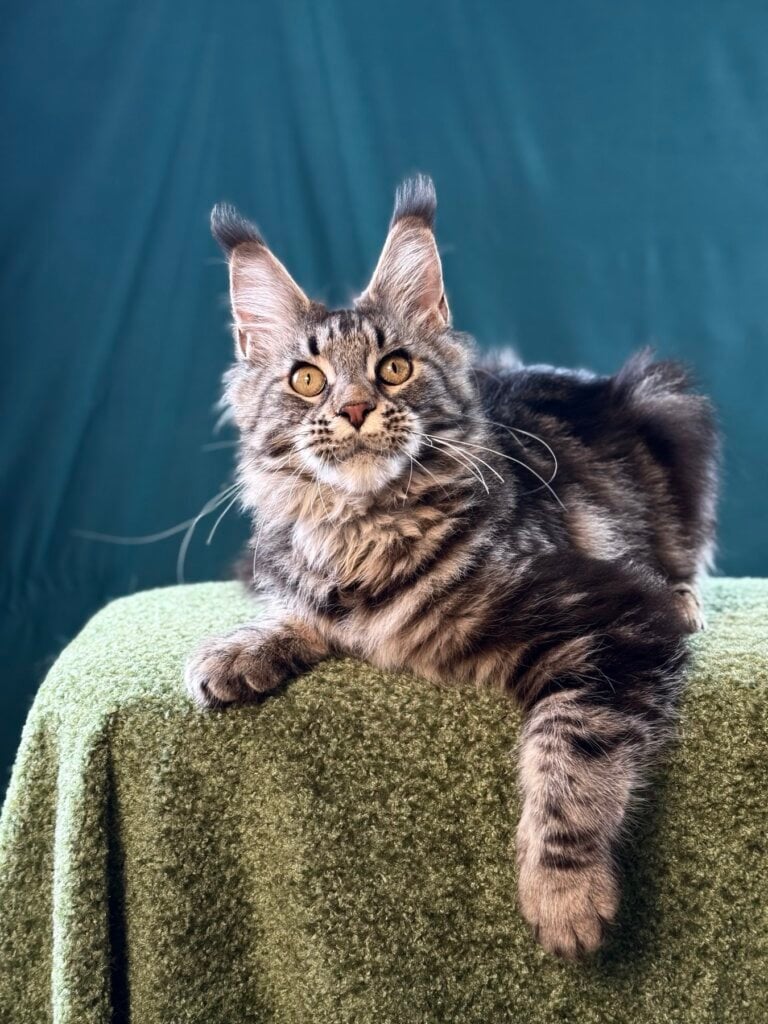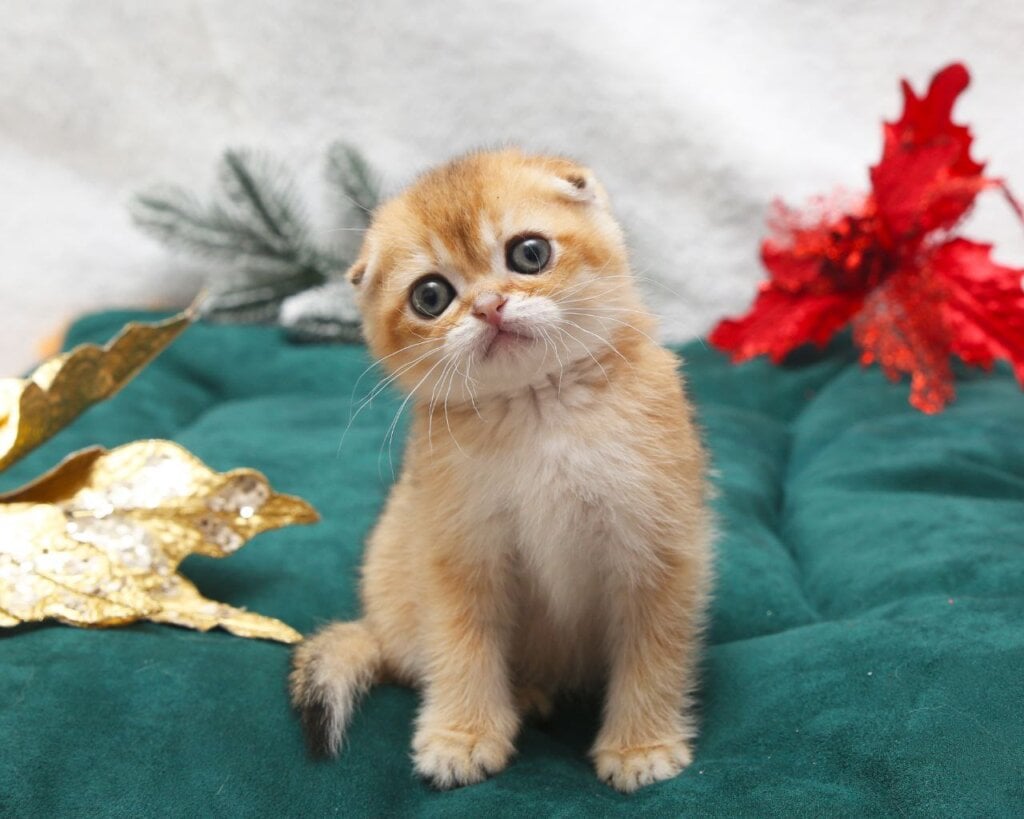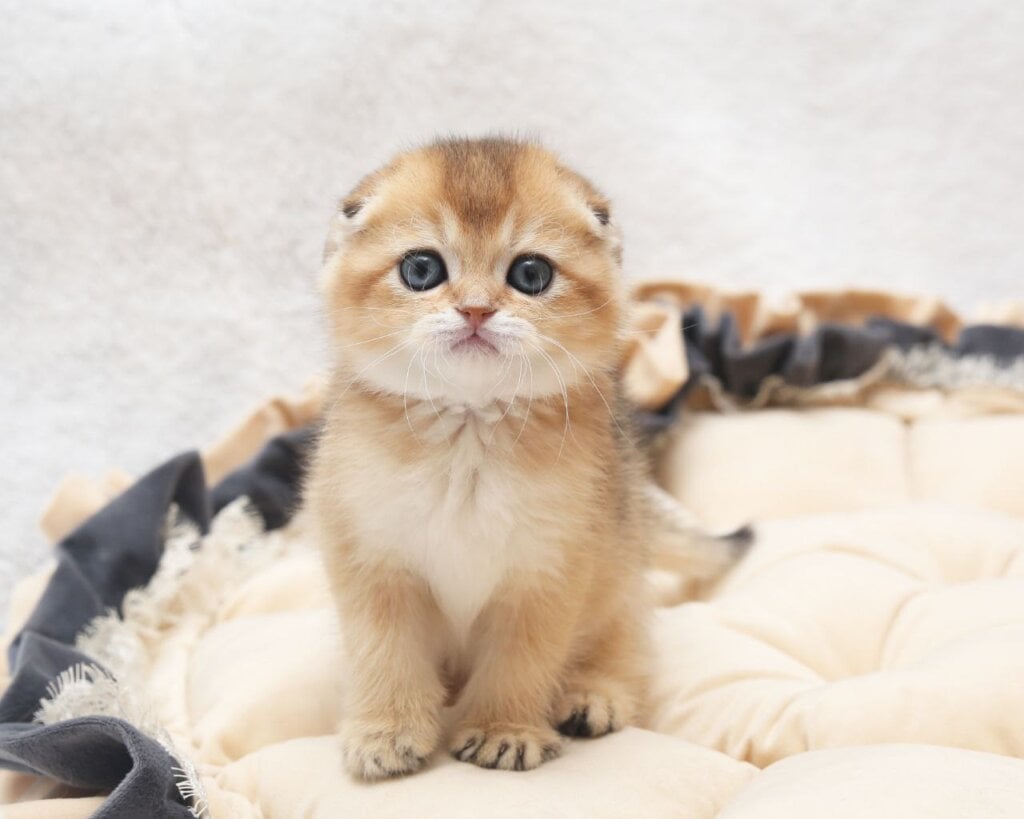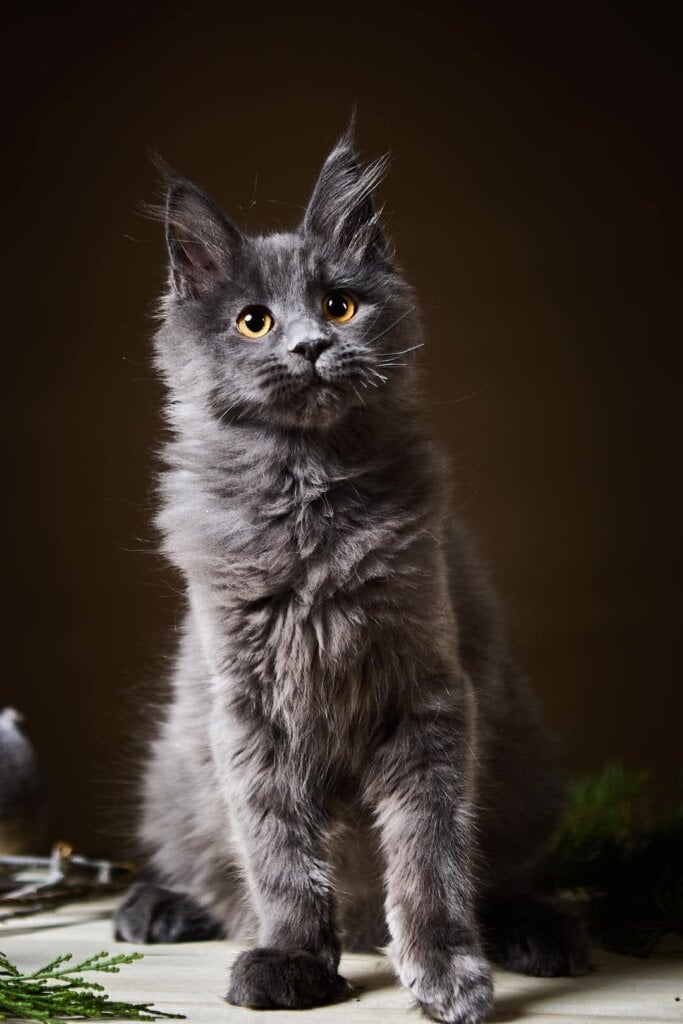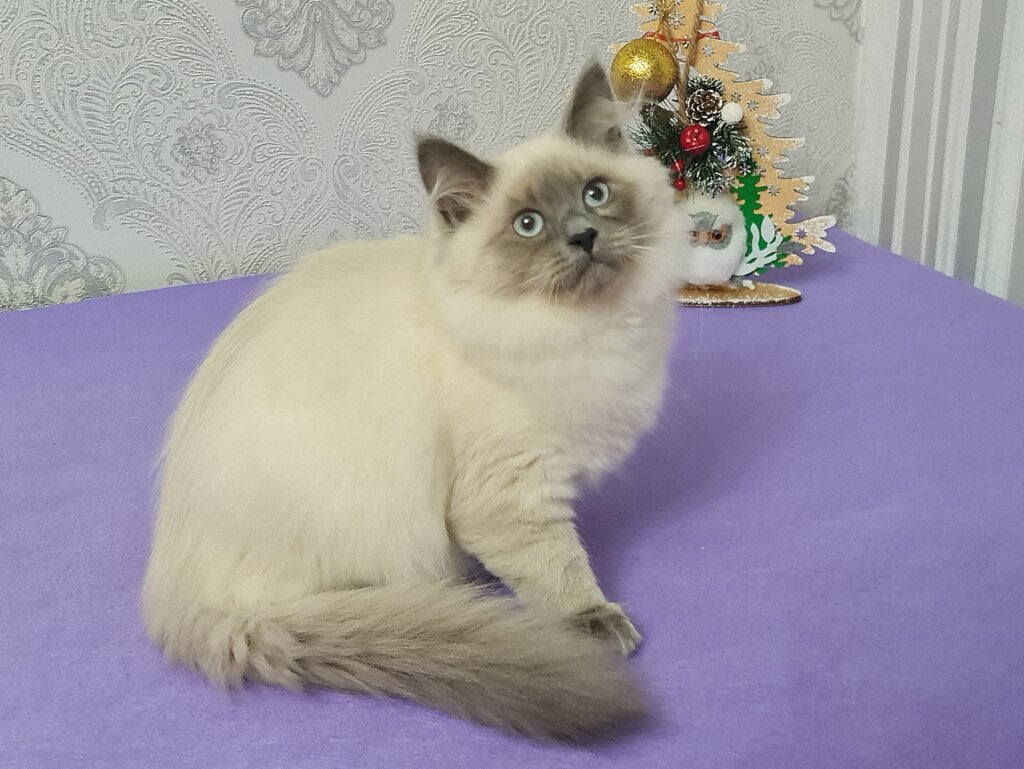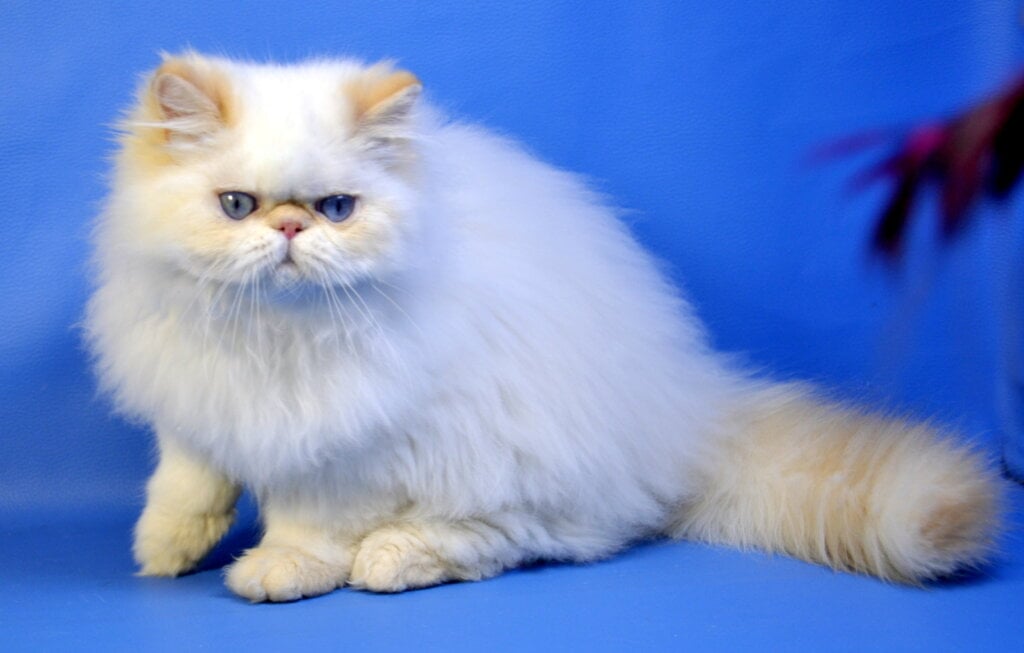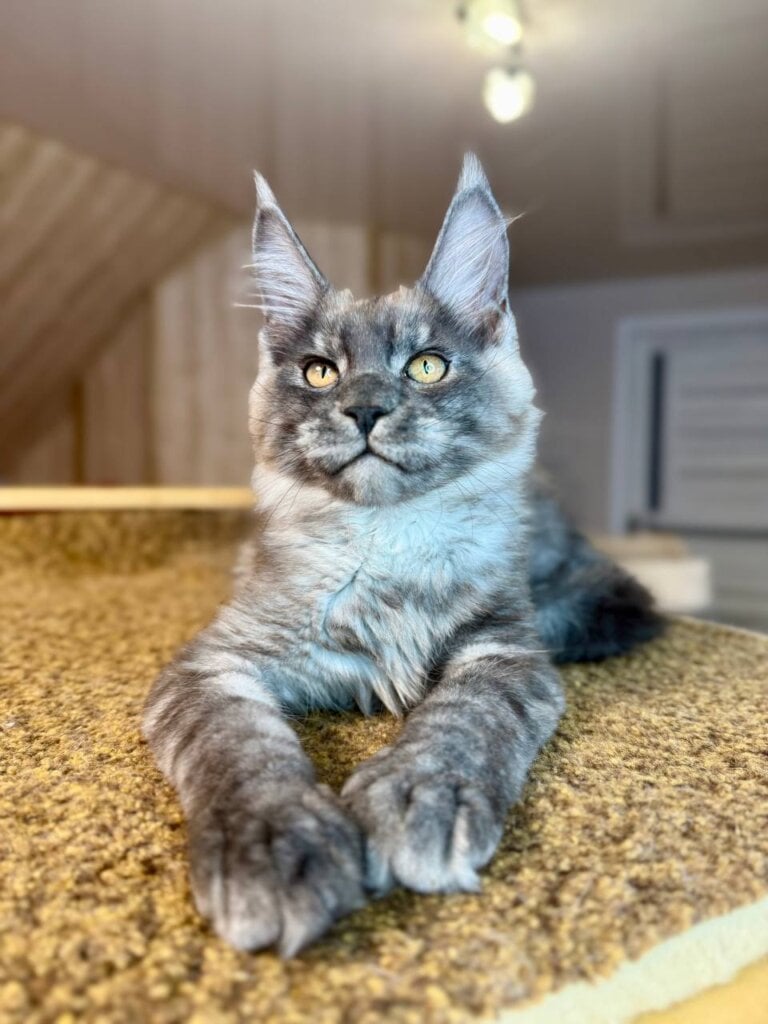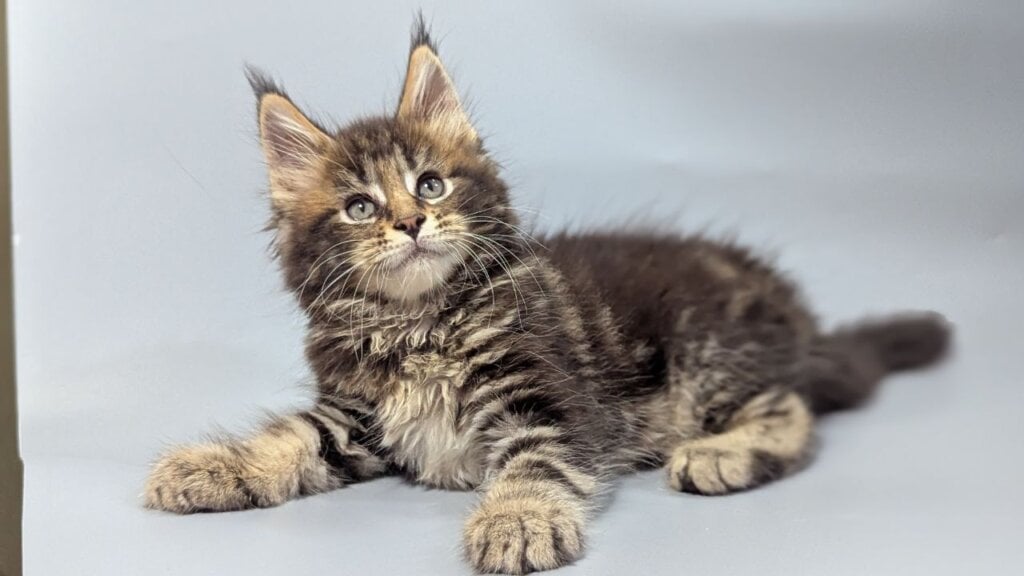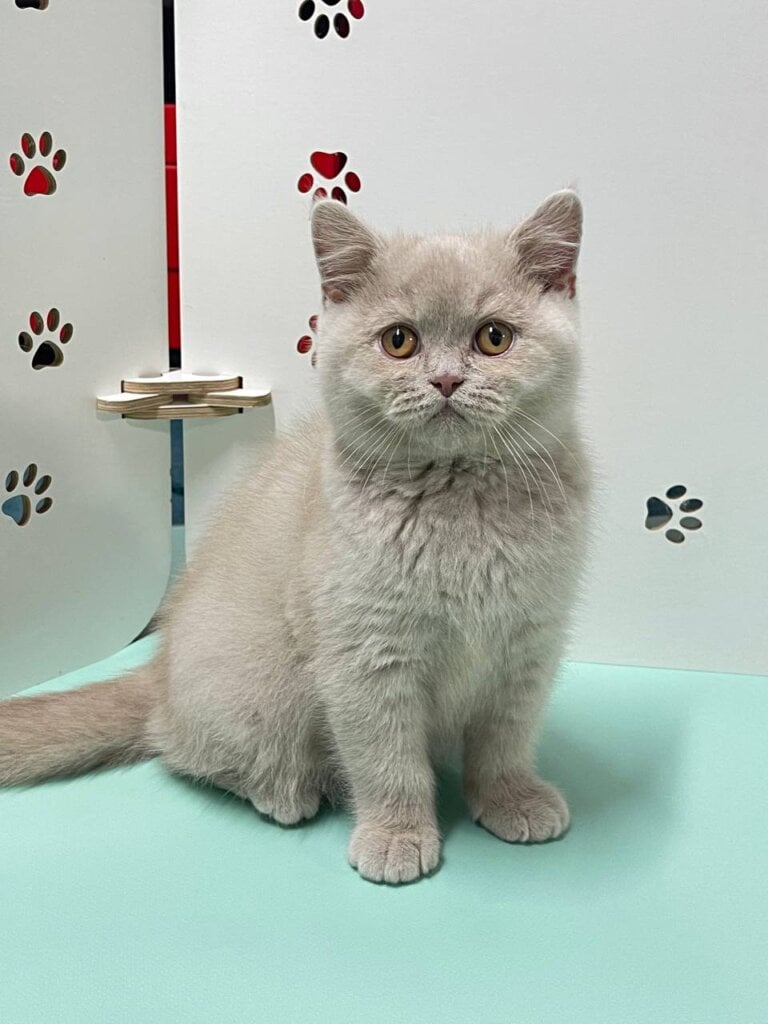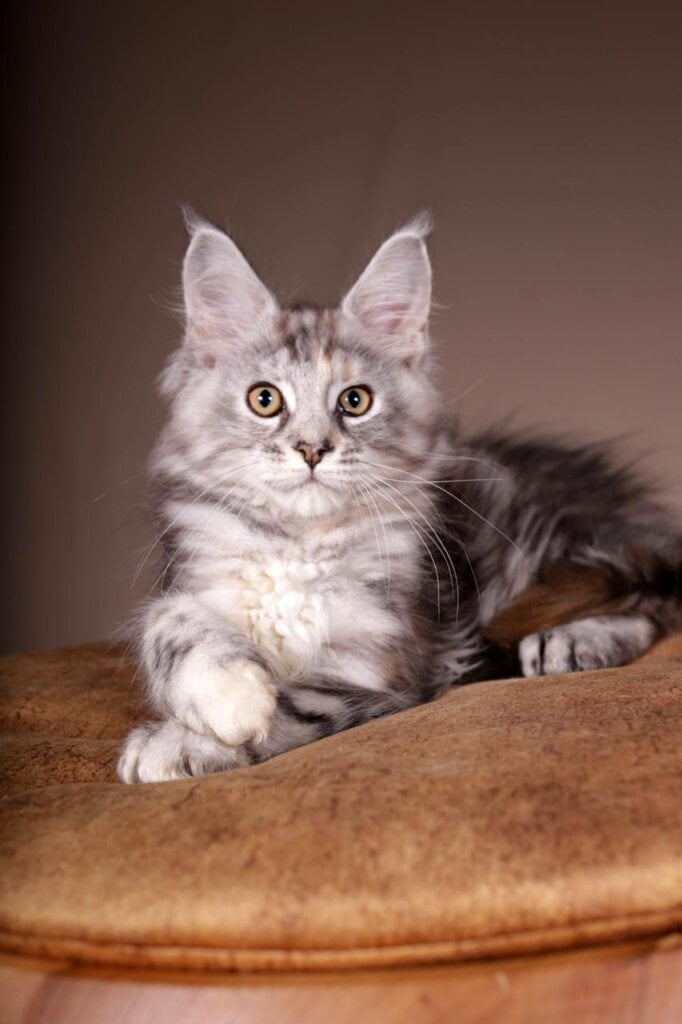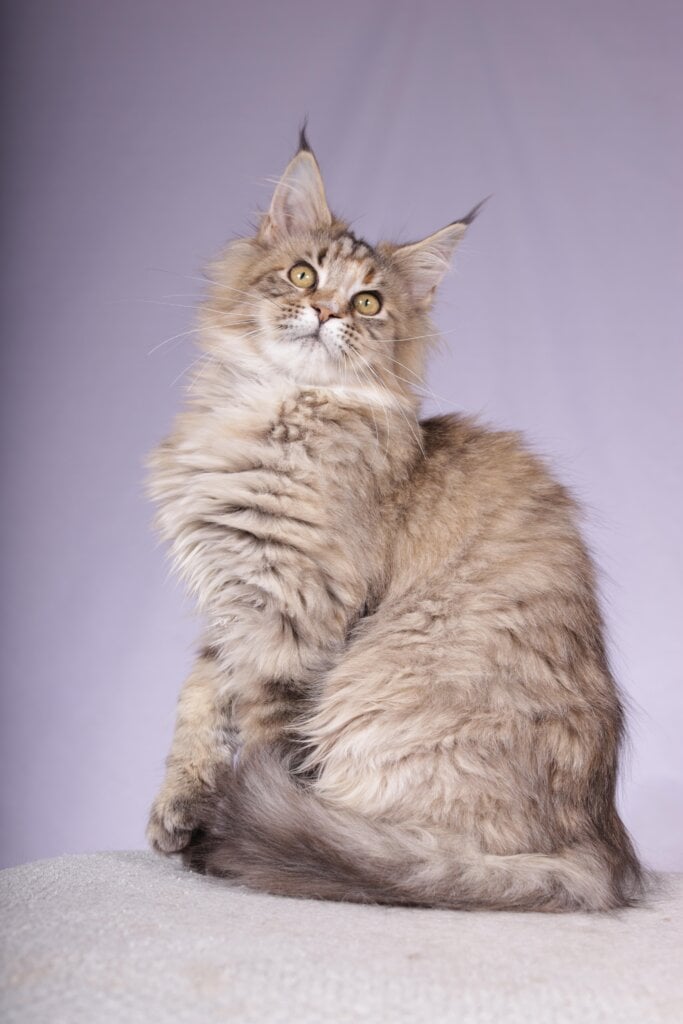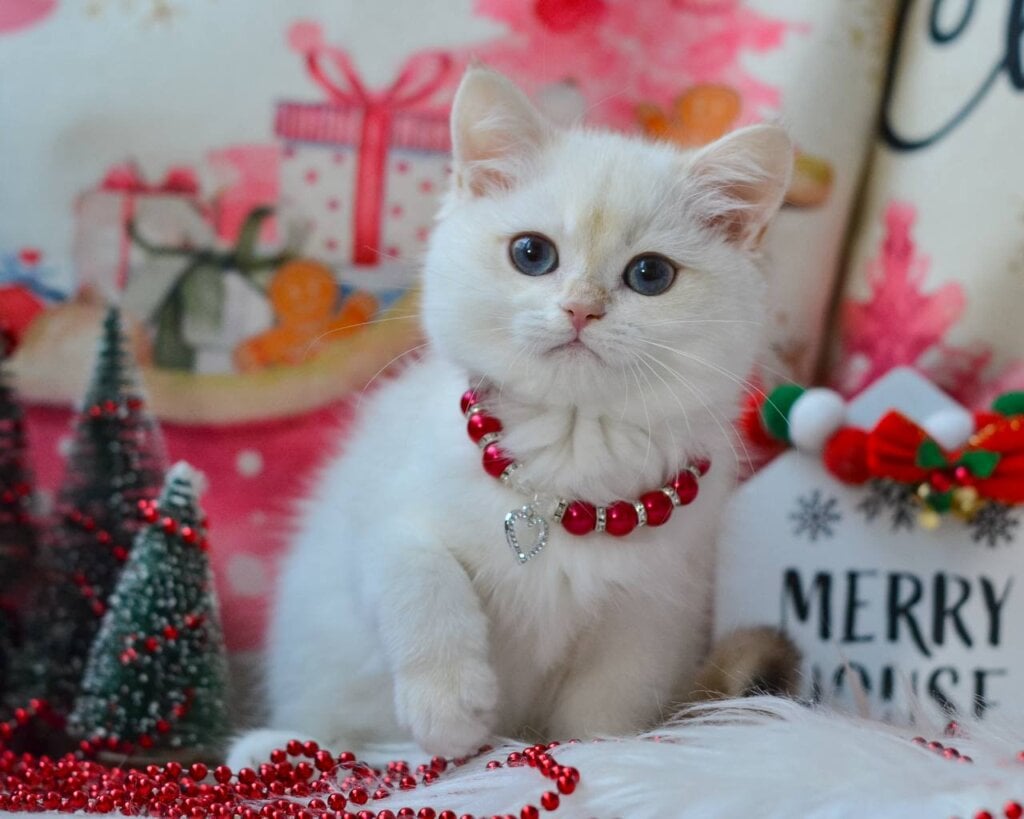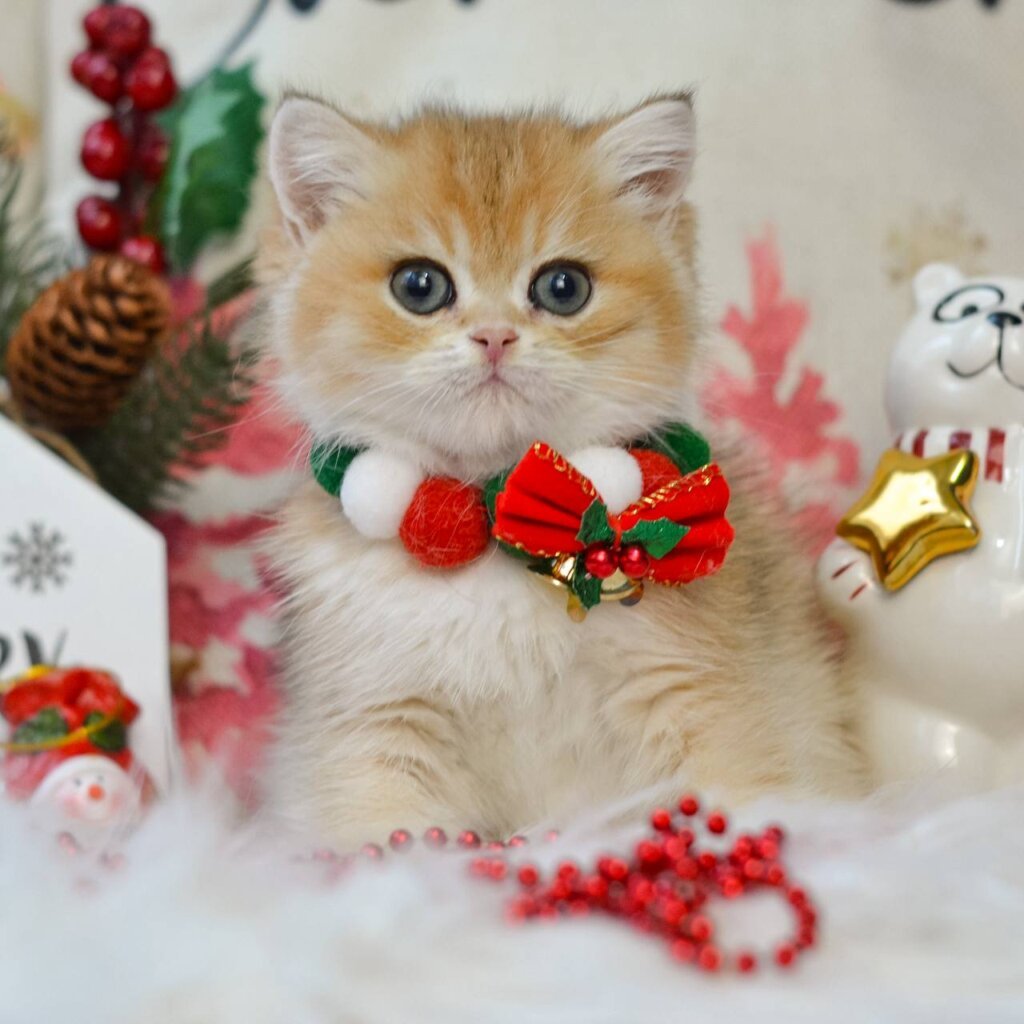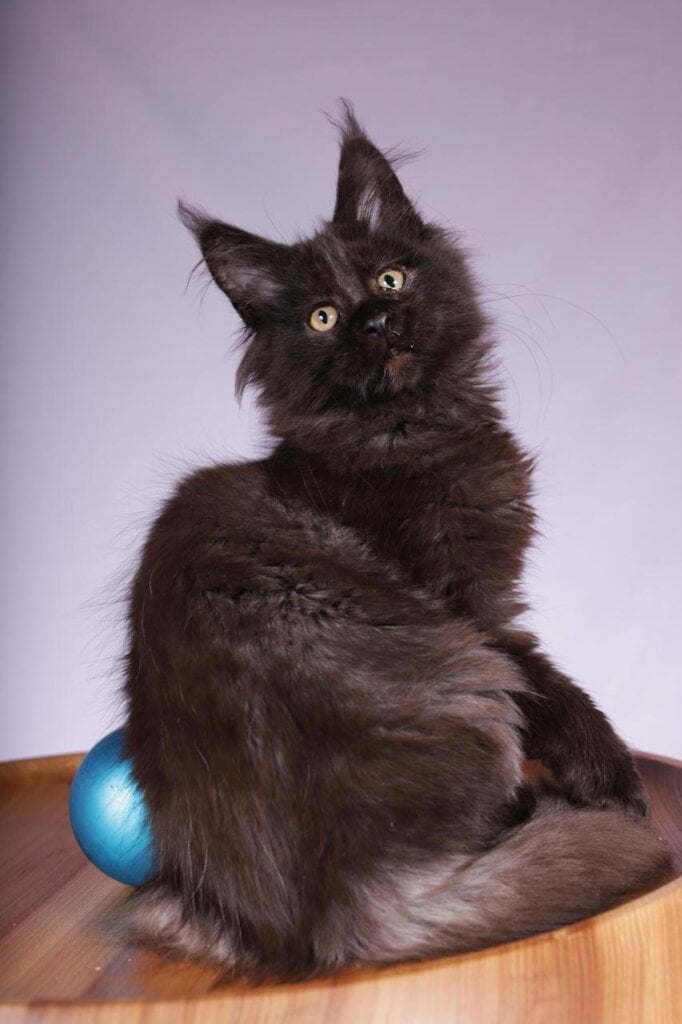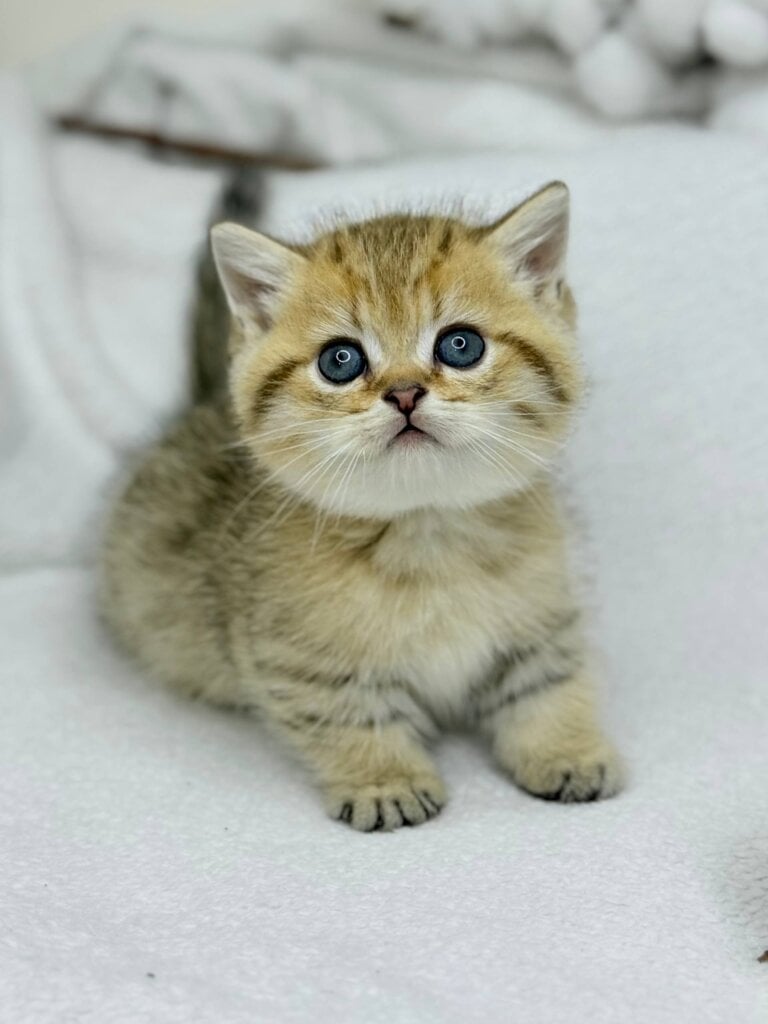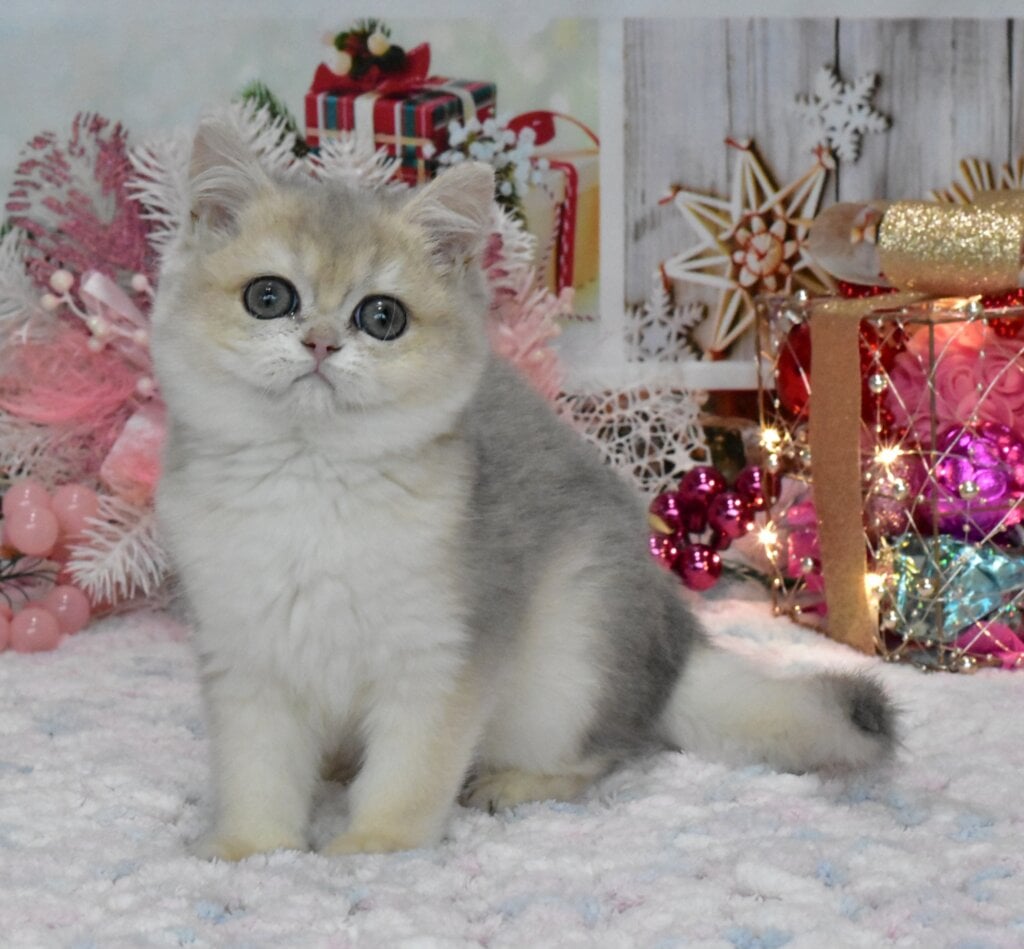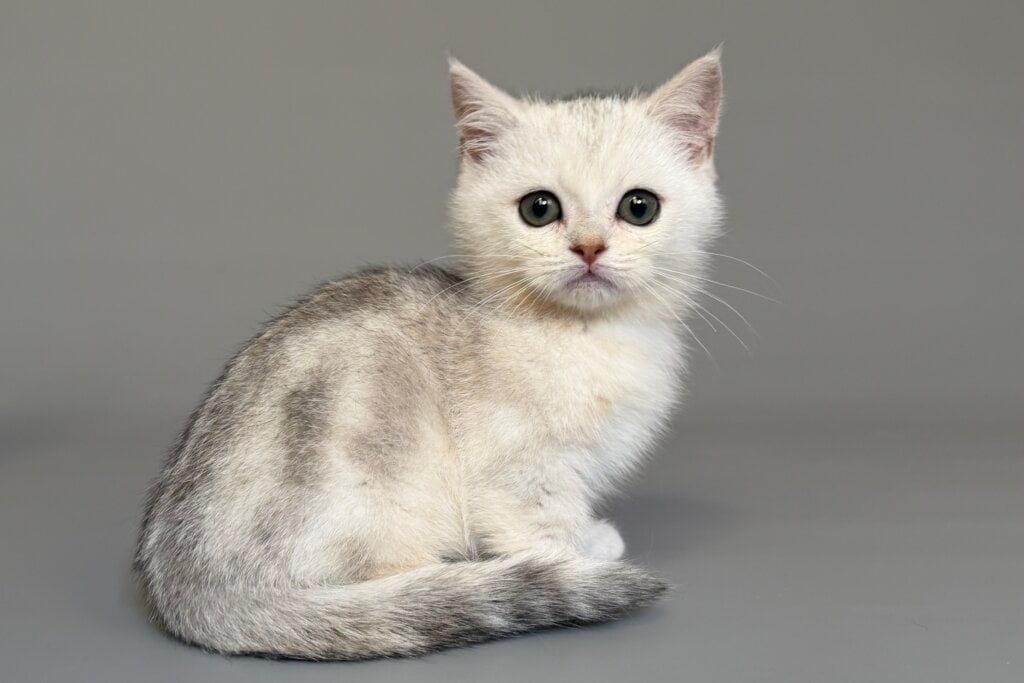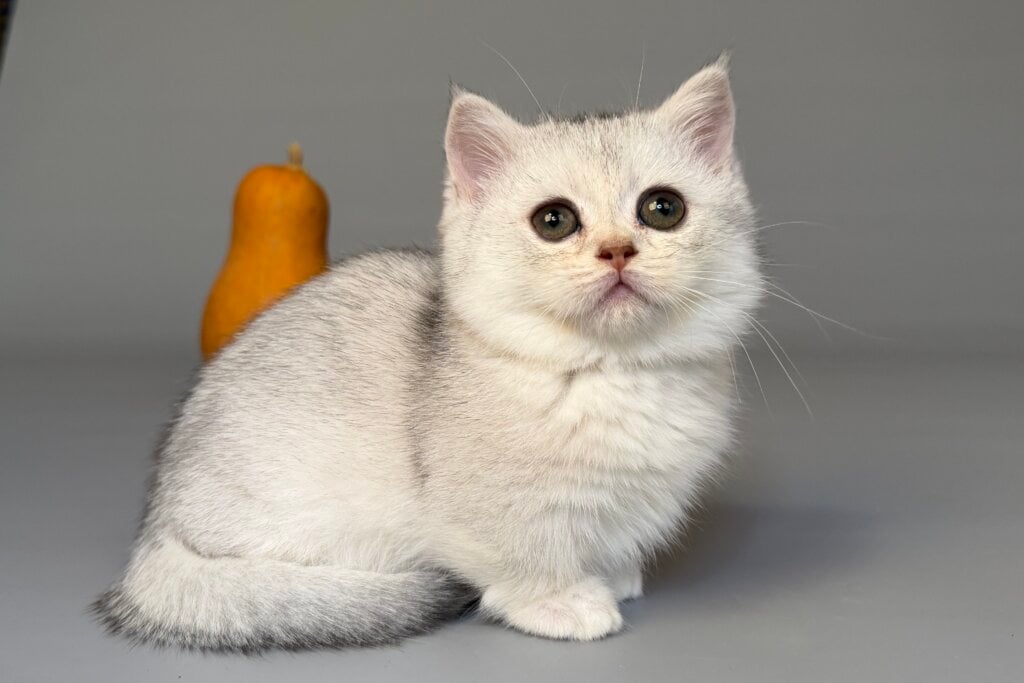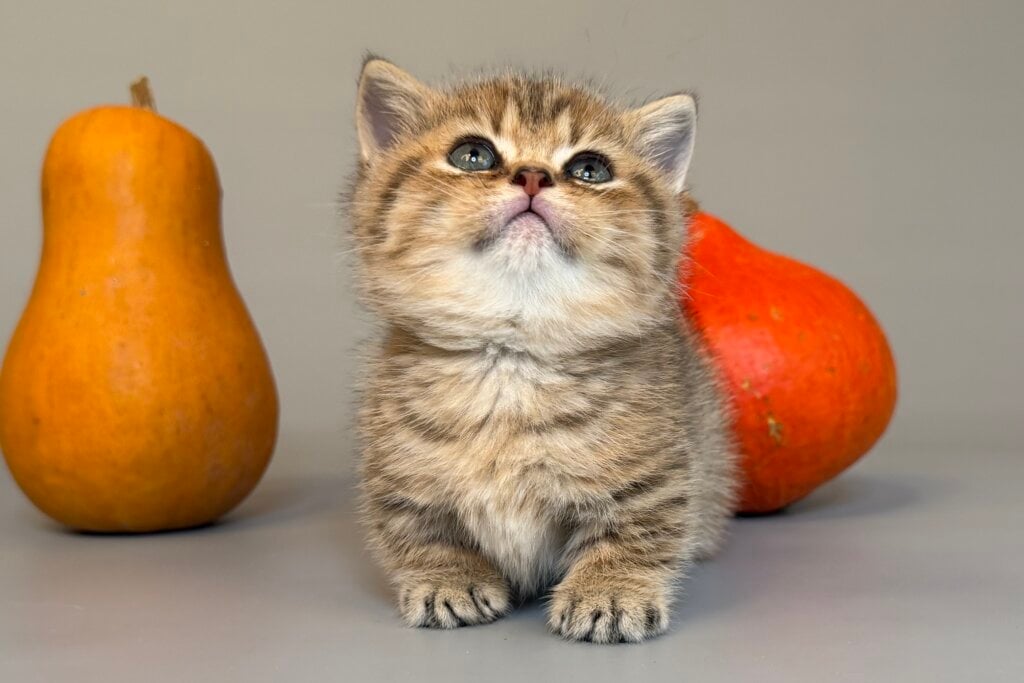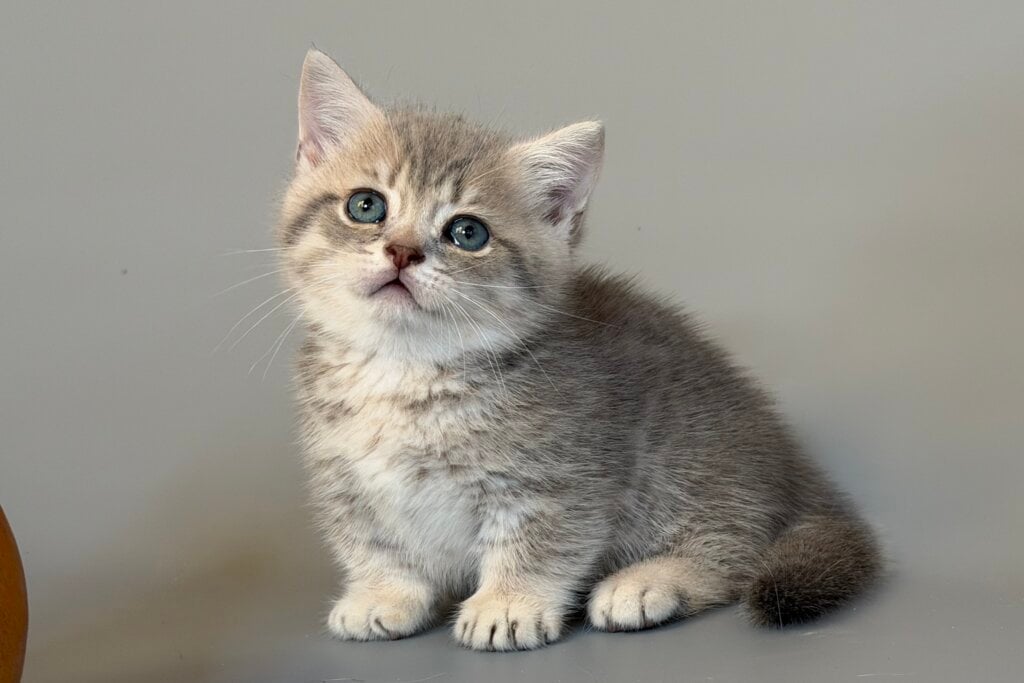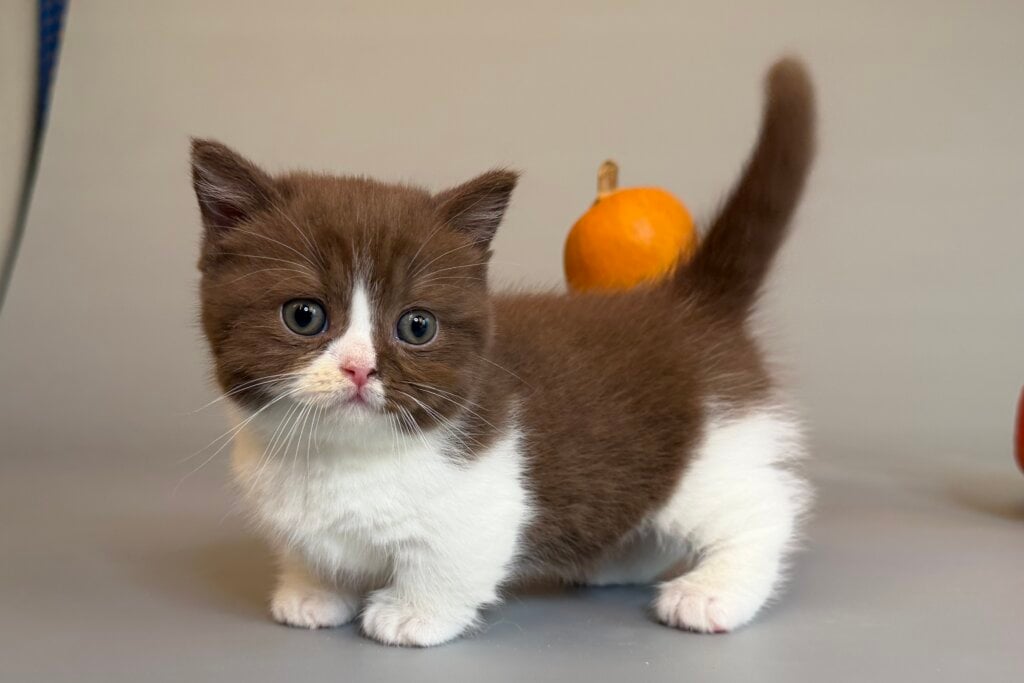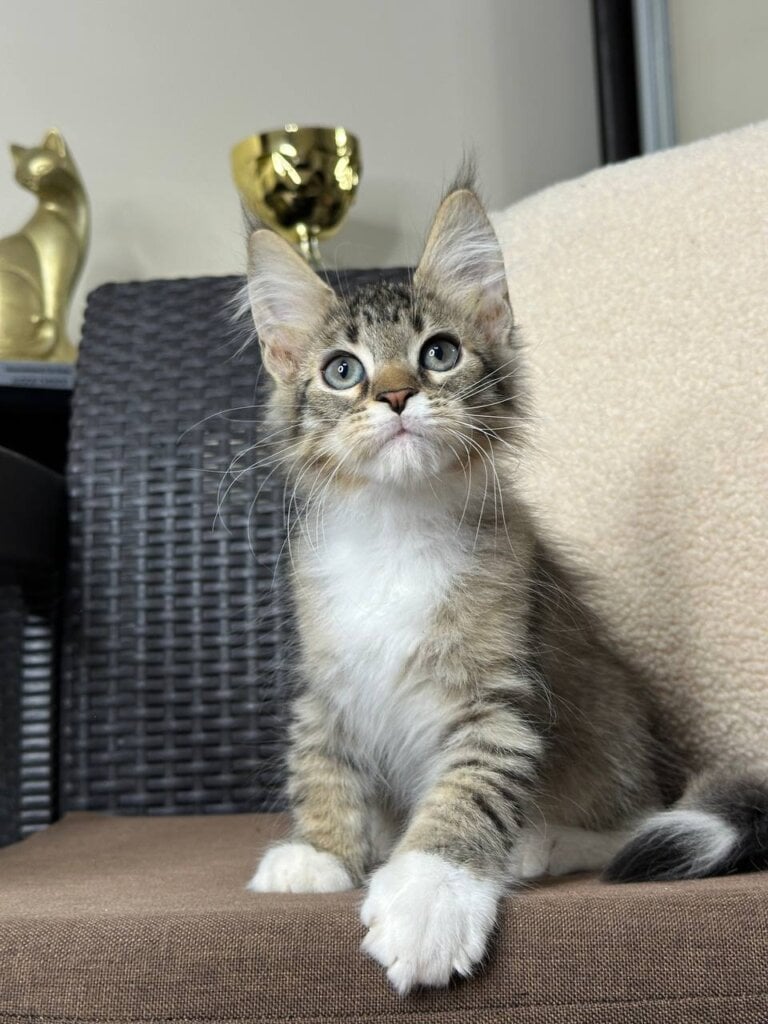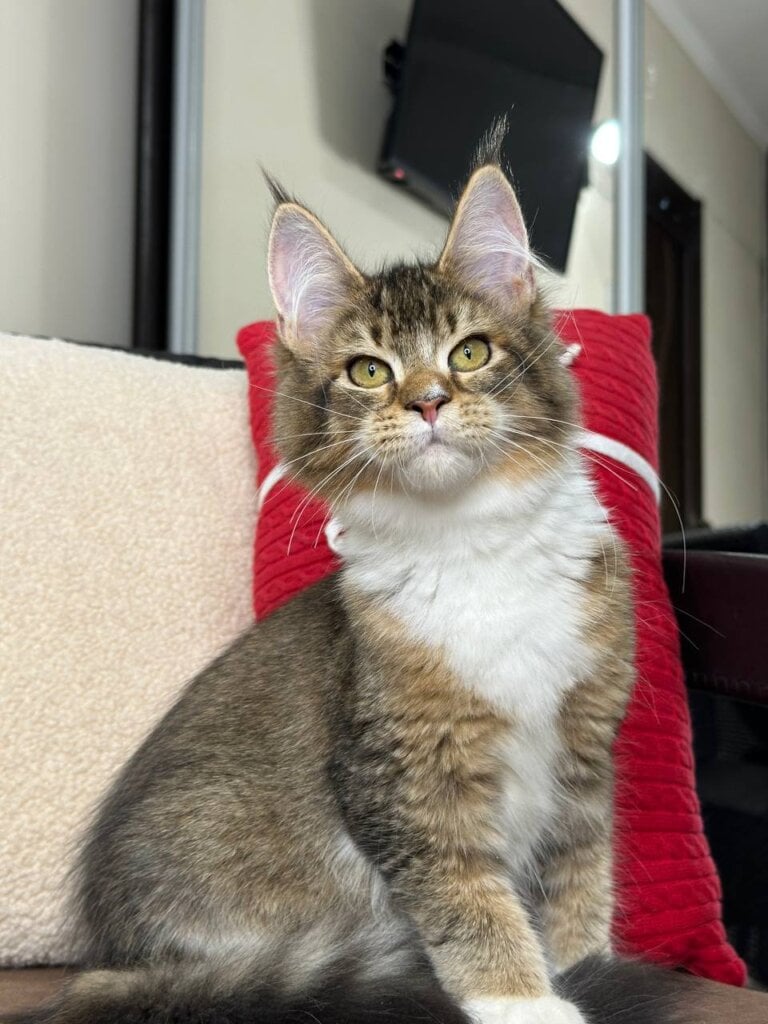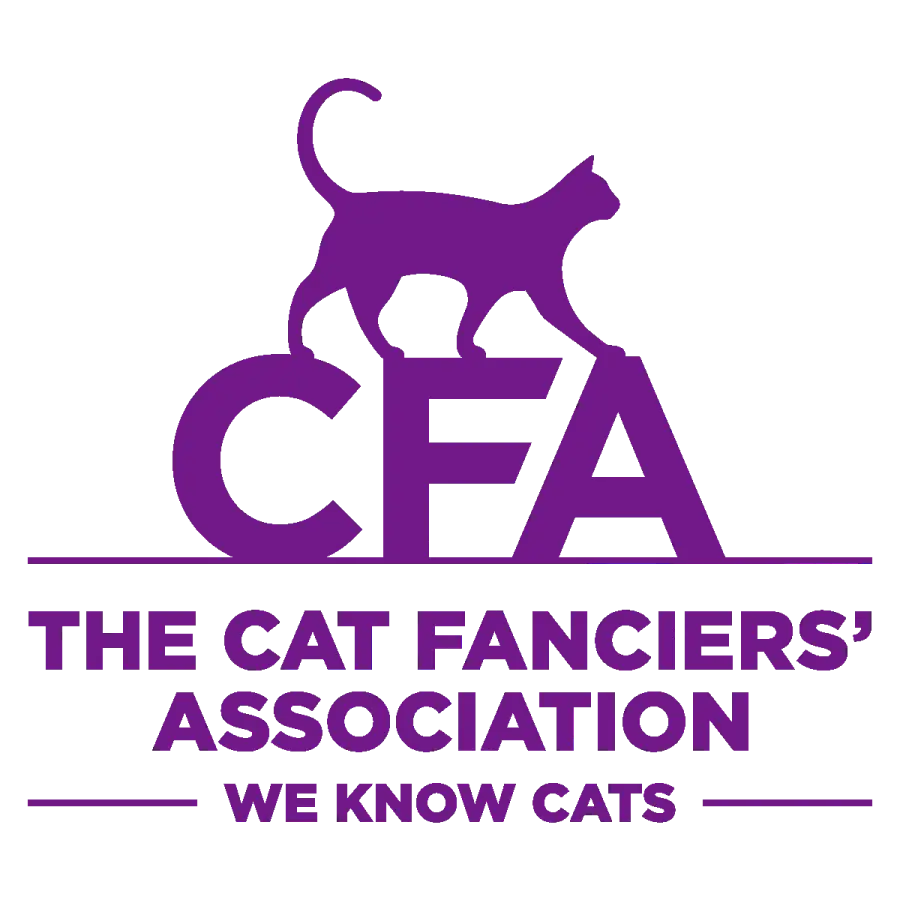Understanding Maine Coon Compatibility
Maine Coons are sometimes referred to as gentle giants, due to their impressive size and affectionate nature. This breed’s calmness and easygoing nature make them some of the best companions for dogs. They are generally very non-territorial, making them more willing to coexist quietly next to canines without a lot of drama.
Unlike many breeds, Maine Coons care more about building relationships than defending turf.
Origins and History of Maine Coons
Maine Coons have a history that originates in the U.S. State of Maine. All of that barn cat-and-ship cat history made them a friendly, adaptable bunch. These cats evolved along with other domesticated animals and people, fostering the types of companionship that promotes friendly behavior.
Because they were working cats, they adapted to living with other creatures. This native confidence with dogs made them ideal family companions.
Physical Traits of Maine Coons
These gentle giants are hard to ignore with their massive size and silky fur. Their sturdy construction and rambunctious spirit can make them ideally suited for interactive dog play. In addition to their affectionate personalities, Maine Coons’ tufted ears and bushy tails make them particularly enchanting.
Their durable body type gives them the ability to interact with smaller dog breeds safely, resulting in many loving and playful interactions.
Social Nature and Behavior
Affectionate and social, Maine Coons enjoy the company of people and dog buddies alike. Their wily, mischievous mannerisms keep dogs stimulated and their smarts allow them to comprehend canine expectations.
Their sociable nature and adaptability ensure that they are wonderful companions in almost any social setting. This will help you create a harmonious household where cats and dogs can live happily together.
Maine Coon and Dog Dynamics
It’s actually their remarkable social skills that make Maine Coons such excellent companions to dogs. Since Maine Coons have a relaxed disposition and dogs are known for their fun-loving spirit, the two species are able to balance each other out. Individual personalities are the biggest factor in their dynamic.
A Maine Coon’s mellow personality is a perfect match for a sweet dog. A more hyper dog will require your empathy and compassion.
1. Natural Instincts of Dogs
Dogs have unique canine instincts that affect how they engage with one another. Most breeds have the instinct to chase smaller animals, called prey drive. Many terriers and hounds will take one look at a Maine Coon and go full prey drive.
Retriever dogs, on the other hand, are much more nonchalant in their presence. Understanding these instincts is essential to avoiding conflicts and promoting a harmonious coexistence. Knowing what’s normal for your dog will go a long way toward preventing any misunderstandings and keeping a peaceful coexistence.
2. Common Dog Behaviors
There are ways that dogs behave that will affect how they get along with Maine Coons. Their energy and playfulness can captivate a Maine Coon, making for an exciting and stimulating environment.
Some breeds are more prone to aggression and can create challenges. Being aware of dog behavior when introducing them is important to make sure both pets feel safe and comfortable.
3. Myth-Busting Stereotypes
Though they can be territorial, this doesn’t stop them from living in harmony. Getting to know unique personalities instead of relying on preconceived notions based on breed is important for creating harmonious interactions.
4. Facts About Coexistence
Statistically, the majority of Maine Coons and dogs are capable of living in peace. In practice, the advantages of having both pet types in a home come to life, such as expanded companionship and more entertainment.
Making the right introductions is key to ensuring they live together peacefully and happily.
Temperament of Maine Coons
Filled with charm, Maine Coons are affectionate and gentle companions, making them a wonderful addition to any home. Their affectionate nature tempered with an independent streak makes them ideal companions, easily adapting to any home environment. Above all, they enjoy being with their humans. They don’t need attention all the time, which creates a peaceful atmosphere both for pets and for people.
Independent Yet Loving Nature
Maine Coons are the ideal mix of independence and love. This combination makes them easy to live with dogs in harmony. These cats can become very attached companions, but are able to maintain their independence and not be so needy.
The boundless capacity of Maine Coons to love and be loved without turning the world upside down makes them the most flexible life partners. Allow them to choose their time and place for interaction, particularly if you have a dog in the house. This will go a long way in ensuring a peaceful cohabitation.
Energy Levels and Playfulness
These cats are full of dynamic energy and enjoy playing. Their lively disposition has them establishing great pals for dogs. Maine Coons are super into interactive play, which means two-legged companions can easily get their four-legged housemates involved, too.
It’s important to give them plenty of playtime, so they can burn off the energy that could lead to boredom or trouble-making. Mutual mischievousness deepens the friendship shared between a Maine Coon and a dog. That’s just one benefit.
Providing them with an outlet for their energy improves their social skills, making for a happy, well-rounded home life.
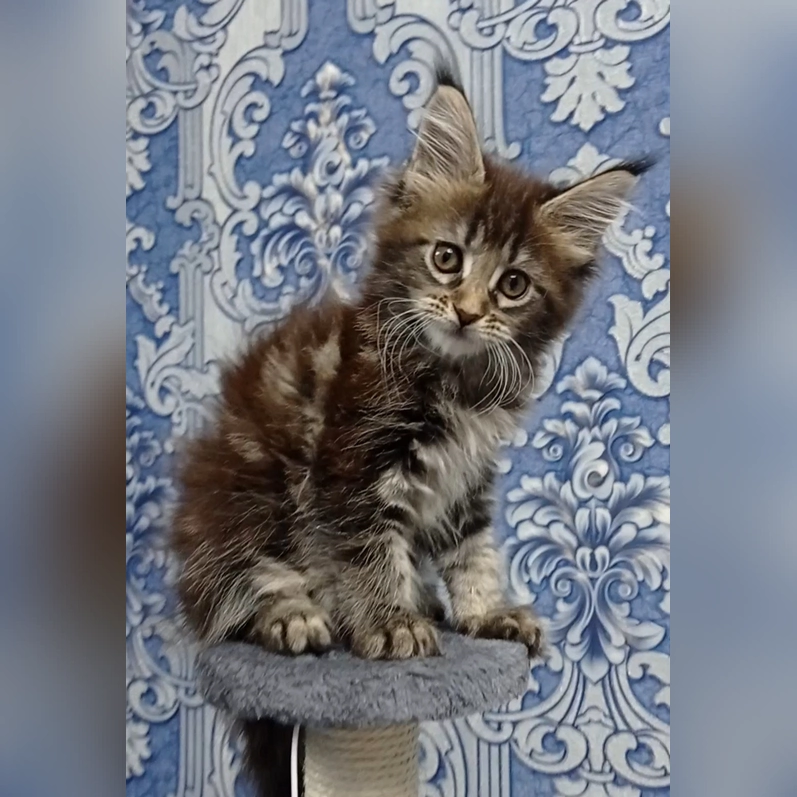
Dog Temperament Insights
The more you know about dog temperament, the better your introduction of your Maine Coon to your dog will go. Every dog is an individual with its own personality that will influence how they interact with cats. Understanding these unique characteristics allows us to predict how a dog may respond in various situations.
Other dogs are more inquisitive by nature, and a dog with a playful demeanor will likely want to check out a Maine Coon. Some dogs will be more subdued. By being mindful of these differences, we can set ourselves – and our pets – up for a smooth introduction.
Training is an extremely important factor in how a dog will behave around cats. The sooner you train, the sooner your dog will be better equipped to react appropriately and accept life with a new furry friend. Obedience and socialization training sessions instill in dogs the understanding of respecting boundaries.
They teach dogs to interact gently with their cat friends. Through this process, the fearful dog is not only improving their behavior but establishing a foundation of trust with the other pet.
Patience goes a long way when working with varying temperaments. It takes time and understanding to introduce a Maine Coon to a dog. Watching how they interact, and providing them with a more controlled introduction while slowly introducing them to one another can make the transition smoother.
This conscientious attitude breeds a space in which both species are comfortable and valued, creating an overall positive environment.
Breed-Specific Characteristics
Gentle dog breeds such as Golden Retrievers and Labrador Retrievers are known to be more compatible with Maine Coons. These breeds are usually friendly and gentle, which gives them a sweet temperament that’s perfect for therapy work.
Breeds with strong prey drives, like Greyhounds, might have more difficulty living with cats. Pairing dog breeds with Maine Coons that possess these qualities will help ensure a peaceful coexistence. Breed traits play a huge role in determining how dogs and cats will coexist, making proper selection all the more critical.
General Canine Traits
Temperament aspects such as sociability and friendliness in canines encourage good relationships with Maine Coons. More social dogs immediately accept and embrace felines.
Training and socialization play significant roles in developing these characteristics to make sure dogs can coexist comfortably. Recognizing these traits helps pet parents address pet interactions in order to foster an environment of coexistence and harmony at home.
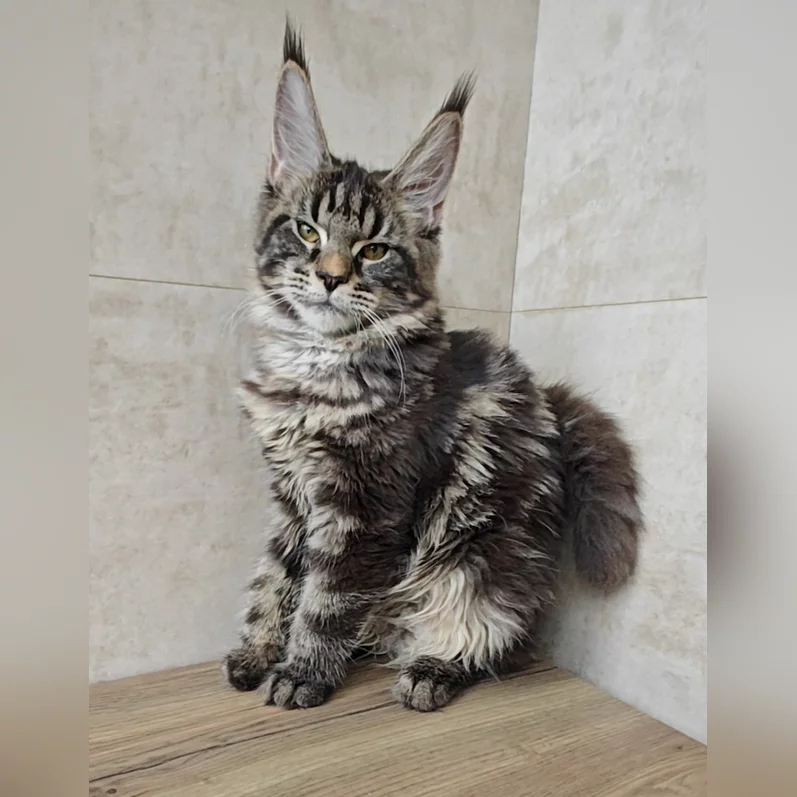
Successful Introductions
Successfully introducing your Maine Coon cat to a new dog is doable with time and patience. Here’s a bullet list of steps to ensure a positive start:
- Conduct slow introductions to minimize stress.
- Give pets time to get used to each other’s scents before introductions.
- Supervise initial interactions to ensure safety.
- Use positive reinforcement to encourage good behavior.
Tips for First Meetings
To ensure a successful first introduction, one of the most important factors to consider is atmosphere. Ensure both the Maine Coon cat and dog are calm.
Gradual, supervised introductions are important to ensure that neither pet becomes overwhelmed. Give them an opportunity to see and hear one another from afar before any in-person interaction.
Patience is key in this process, allowing each animal the time needed to acclimate at their own pace without feeling rushed.
Creating Safe Spaces
Creating designated safe spaces for each pet is crucial. These spaces contribute to alleviating anxiety when meeting for the first time.
Establish designated areas for your cat and dog. This gives both dogs and cats their own personal space, helping to ensure their comfort and security.
This arrangement can further prevent territorial conflicts, making the switchover easier for all parties in the process.
Monitoring Interactions
Close supervision during the initial meetings is very important. Keep an eye out for any signs of anxiety or discomfort, such as retreating or aggression.
As soon as any drama starts, intervene to keep the peace. By keeping a close eye on their interactions, you’ll foster a safe and trusting environment.
This will allow your new Maine Coon to coexist peacefully with your dog.
Enhancing Harmony at Home
Providing a safe, calm, home environment for your Maine Coon feline as well as canine companions starts with some careful planning. Here’s a quick overview:
- Balance attention between the Maine Coon and the dog.
- Provide equal playtime to prevent jealousy.
- Encourage positive interactions through shared activities.
- Foster a loving environment to strengthen their bond.
Balance Attention Between Pets
Providing both pets with equal attention is essential. If one pet is feeling neglected, it can lead to competition and anxiety. Spending time with each pet individually and as a group helps establish trust and respect.
This shared attention not only ensures their continued happiness, but goes a long way toward fostering a more harmonious household.
Prevent Food Competition
Food-related conflicts are likely if animals are fed in the same area. Feeding pets separately can help mitigate competition and tension. Consistency is important.
Maintaining a set feeding schedule will make them feel more confident and well taken care of.
Separate Feeding Areas
Here are some tips for setting up separate feeding areas:
- Create a permanent place for each pet to feed. This can be divided into separate rooms or areas.
- Use barriers where needed to keep pets separated at mealtimes, minimizing the risk of arguments occurring.
- Keep an eye on feeding times so that both pets are at ease and not feeling pressured.
- Reward kids for staying calm and patient at the table.
Taking these precautions goes a long way toward fostering peace at home. It strengthens the relationship between your Maine Coon and your dog.
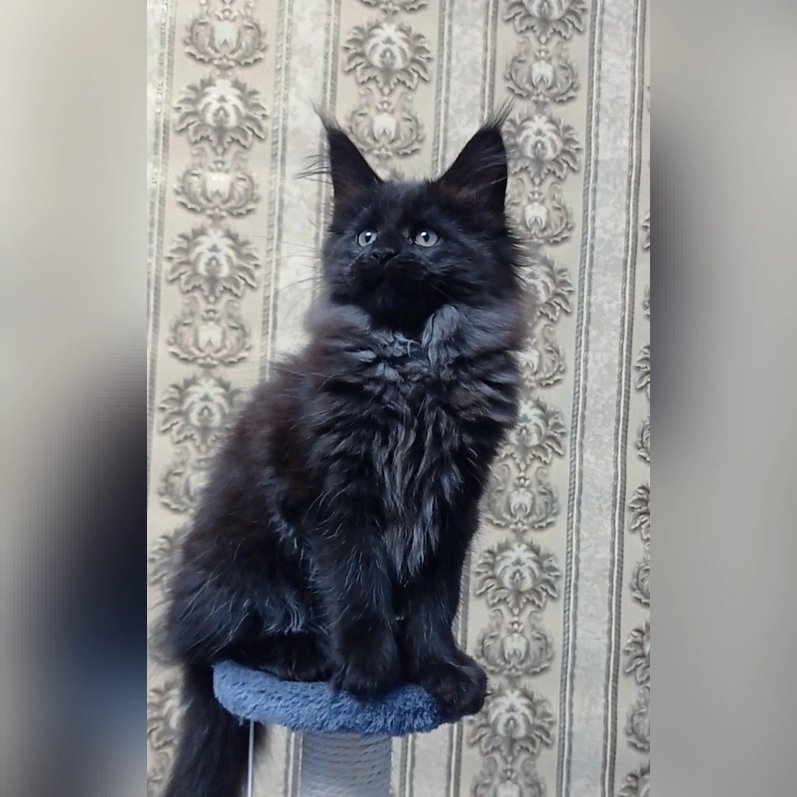
Managing Conflicts and Resources
While these conflicts are common, they can be prevented and managed through effective techniques. Identifying common flashpoints for conflict is key. A change in surroundings, introducing them to other pets, or competing for resources such as food bowls or resting areas can create stress.
Knowing what your triggers are allows you to work on them before they blow up. Continuous training is vastly important to behavior management. Training for the best outcome is essential. Teaching both animals to respond to basic commands like “sit,” “stay” or “leave it” works wonders.
These commands drive the relationship and manage competition. Proper training builds mutual respect and understanding, resulting in improved quality of life for both parties. Regular training reinforces good habits, helping everyone to behave better and coexist more harmoniously.
Manage Pet Disputes
- Intervene calmly to separate pets if conflicts arise.
- Redirect attention to toys or activities to diffuse tension.
- Reinforce positive behavior with treats and praise.
- Give them time to defuse before letting pets back together.
Teach Basic Commands
These commands are especially useful for managing complex interactions and preventing conflicts. They create excitement and anticipation, and they promote respect and understanding among the pets.
With frequent practice, your dog will learn how to behave, resulting in a quiet residence. Proactive management can stop conflicts from escalating. Monitoring for emerging conflicts and resolving them before they grow ensures that discussions remain constructive.
This means establishing limits and creating separate areas for each animal.
